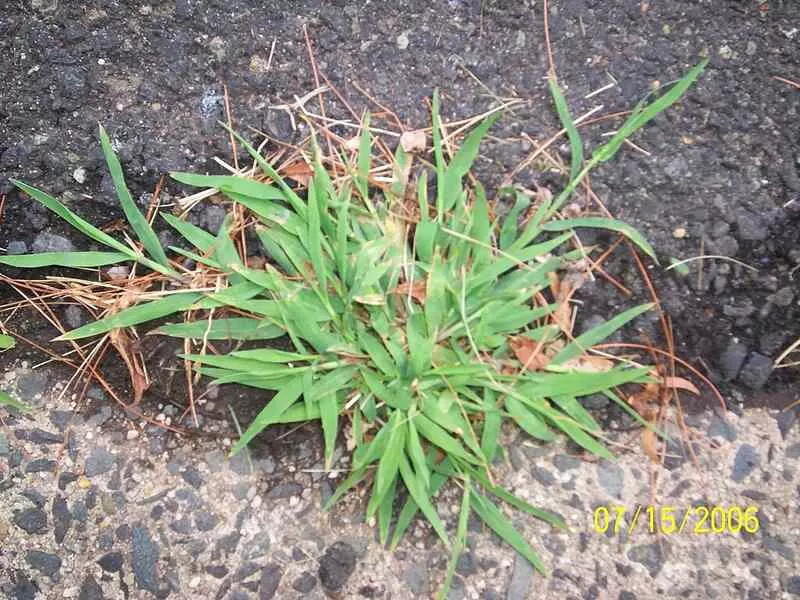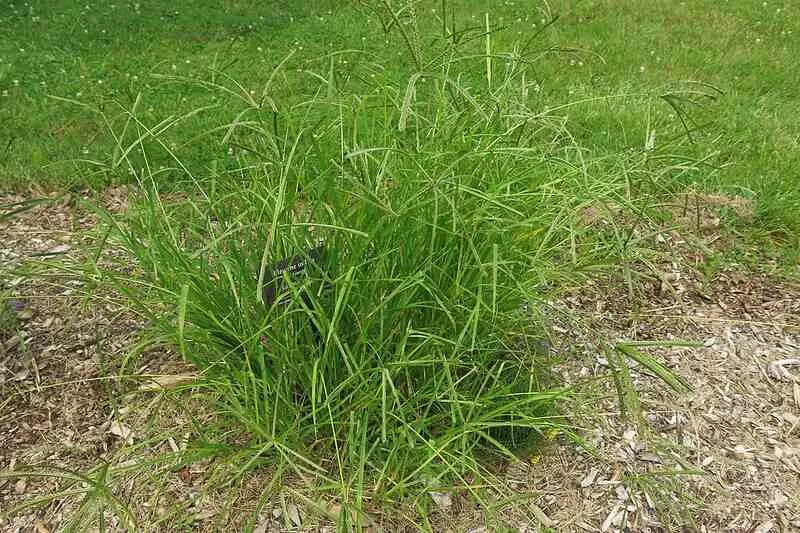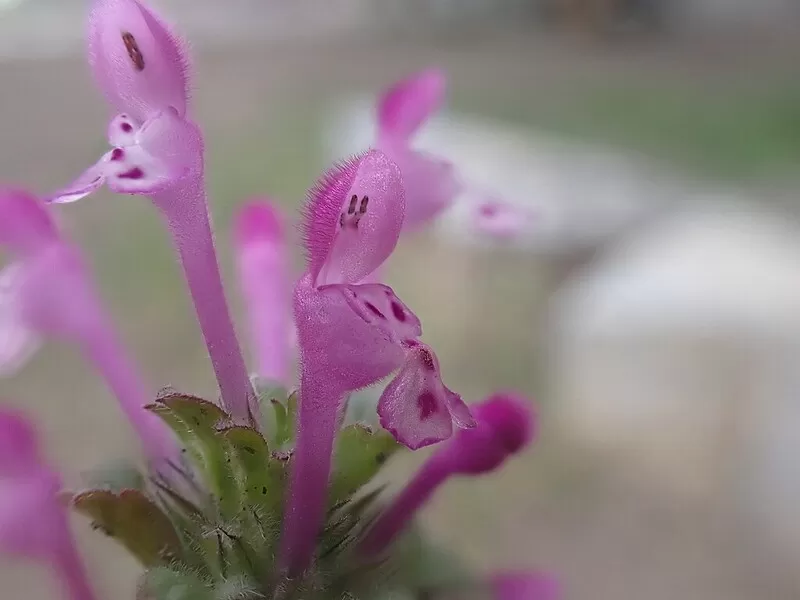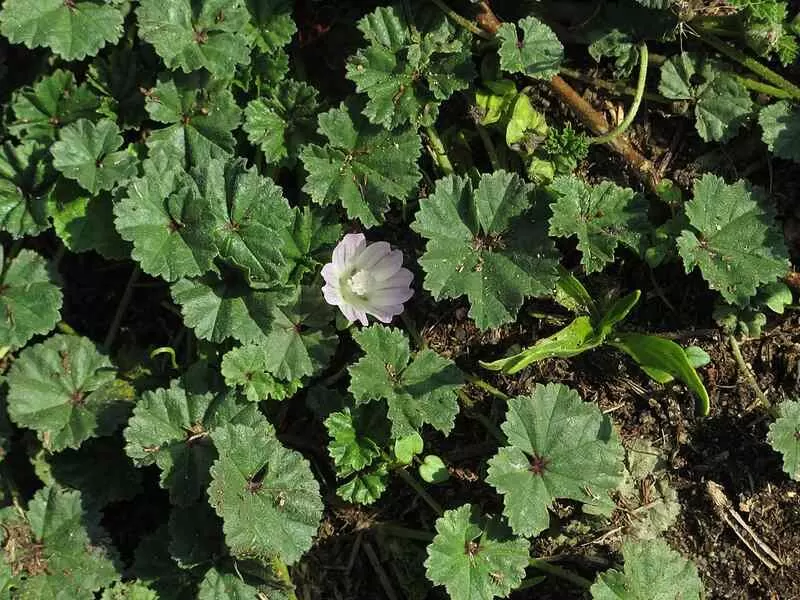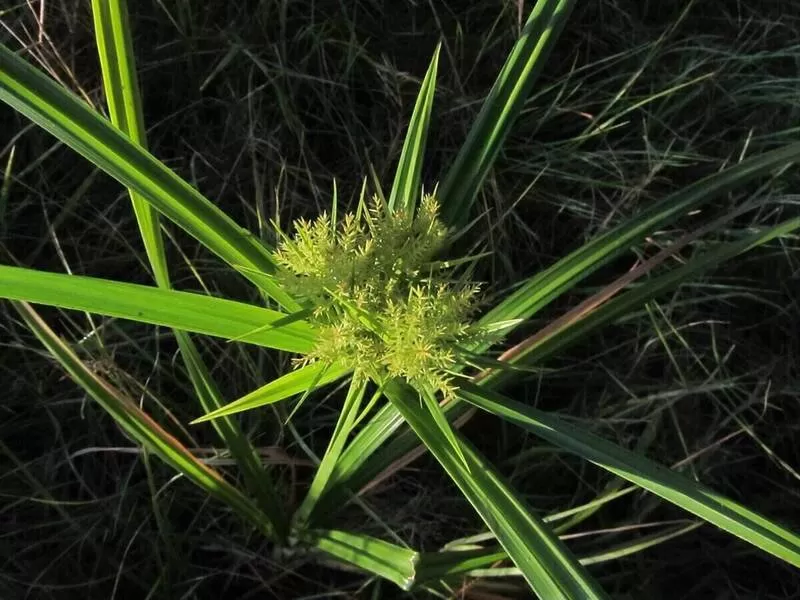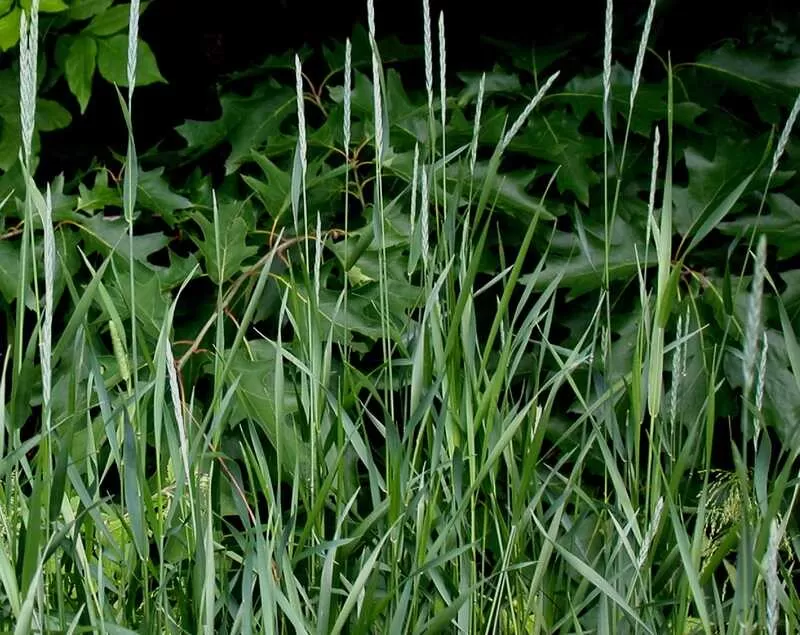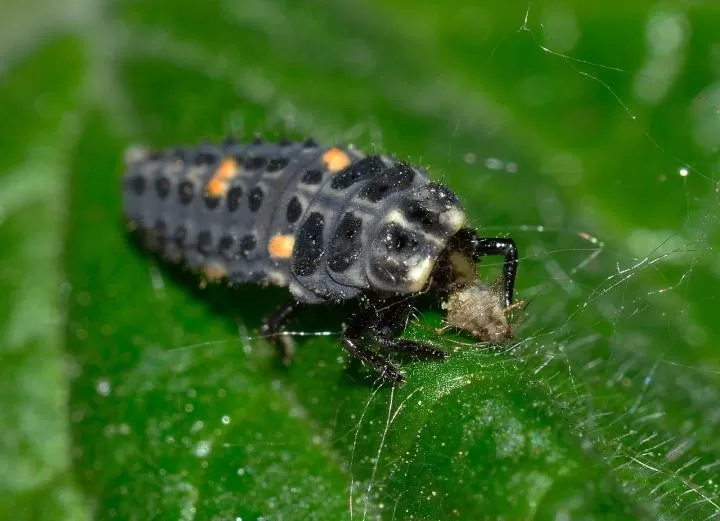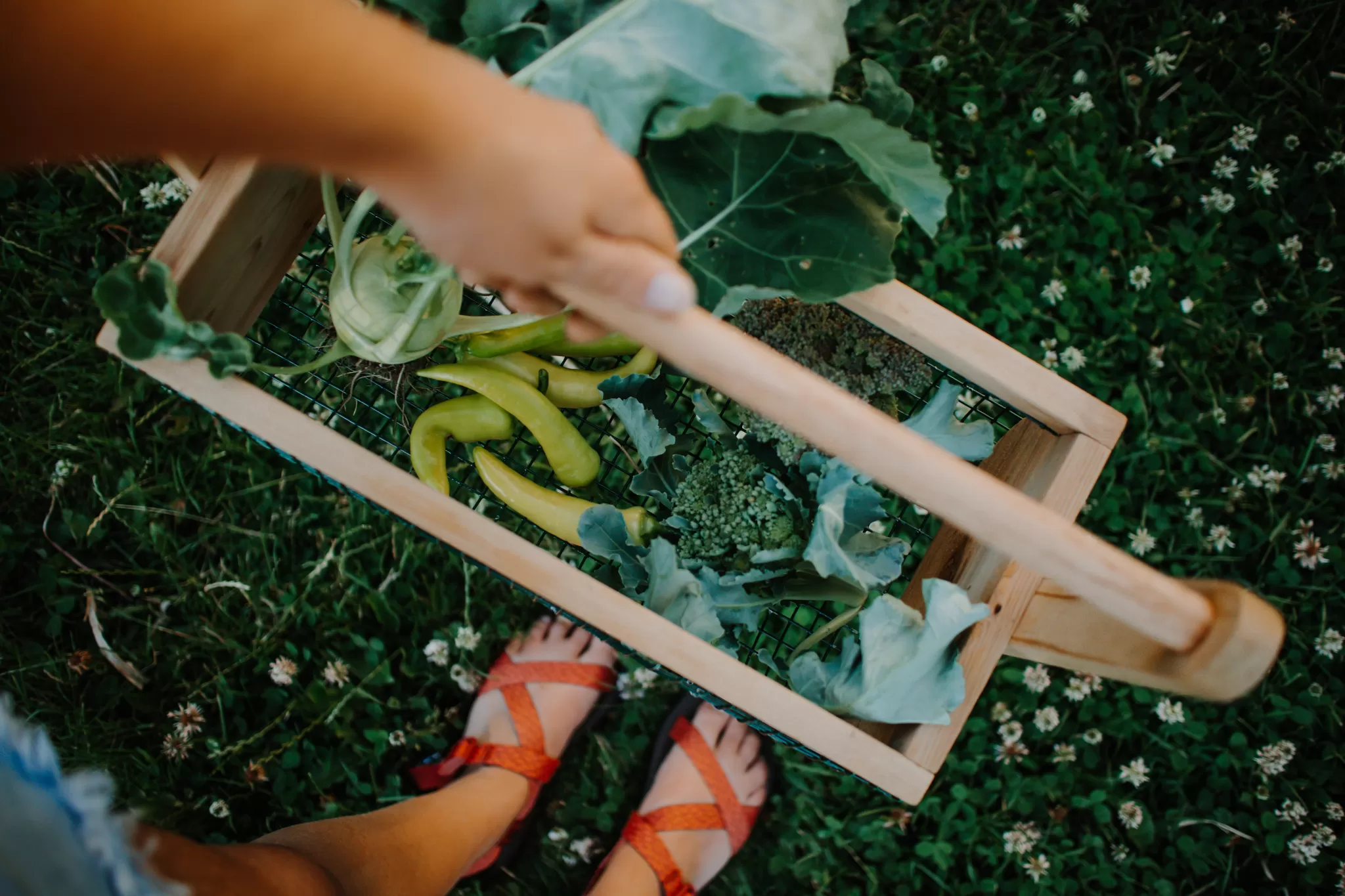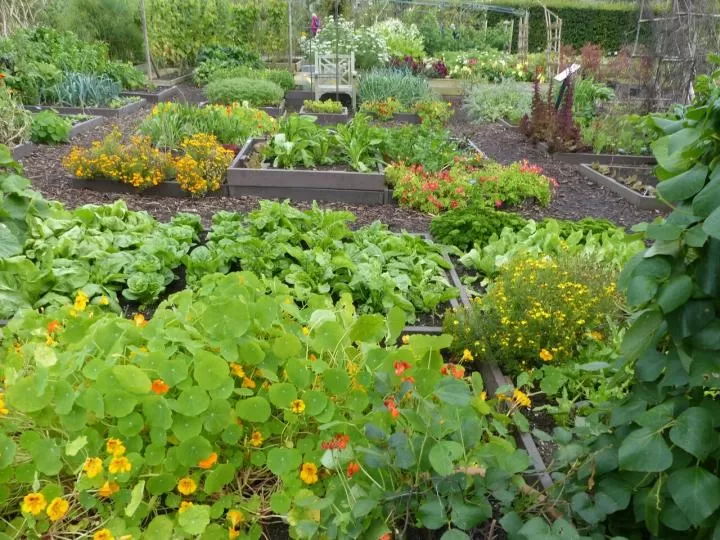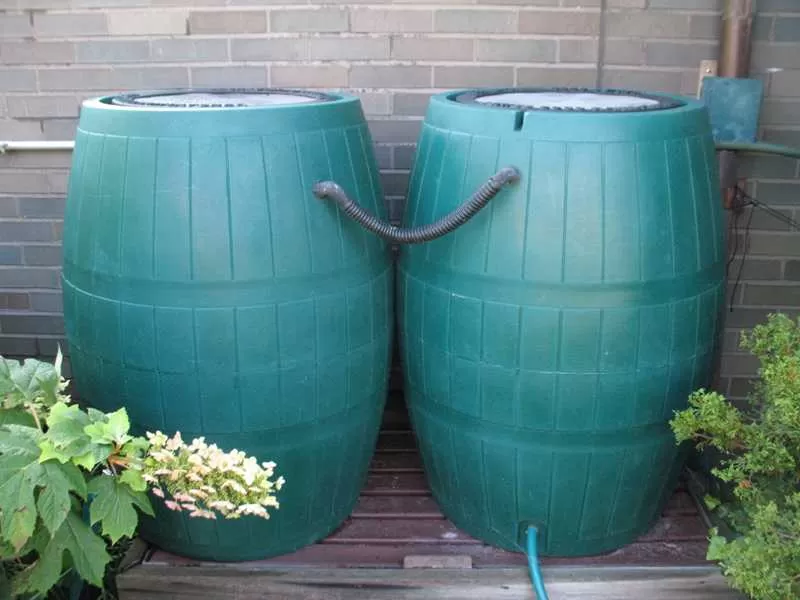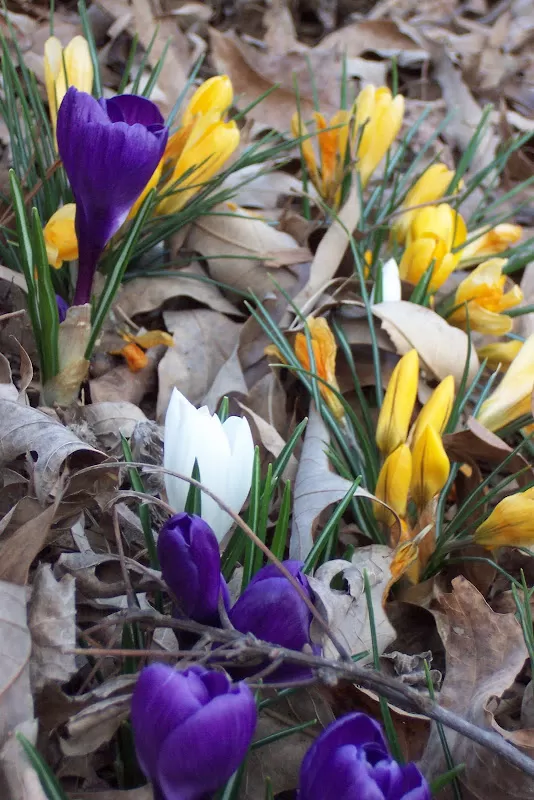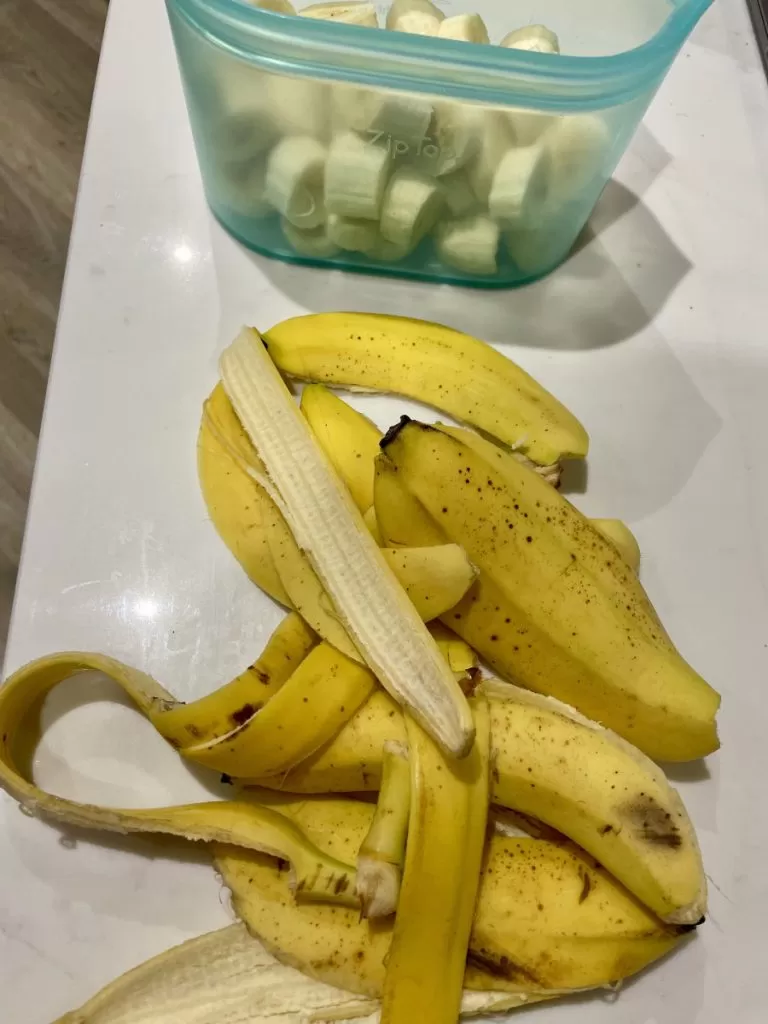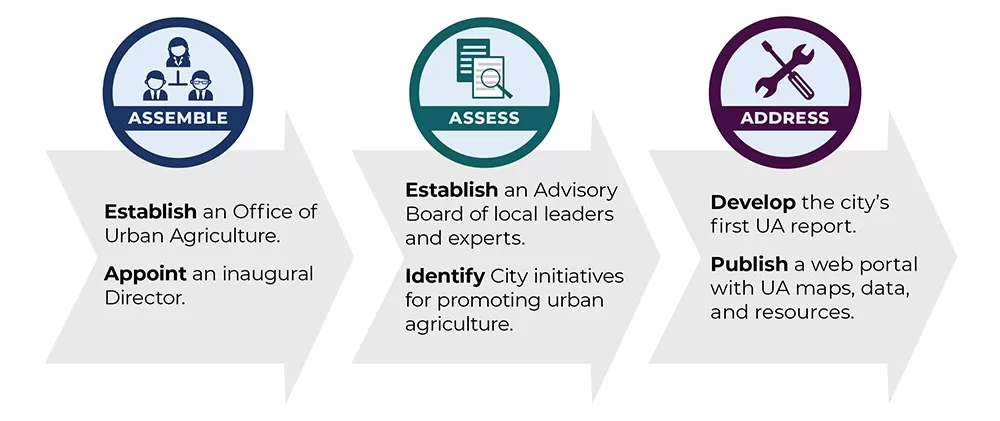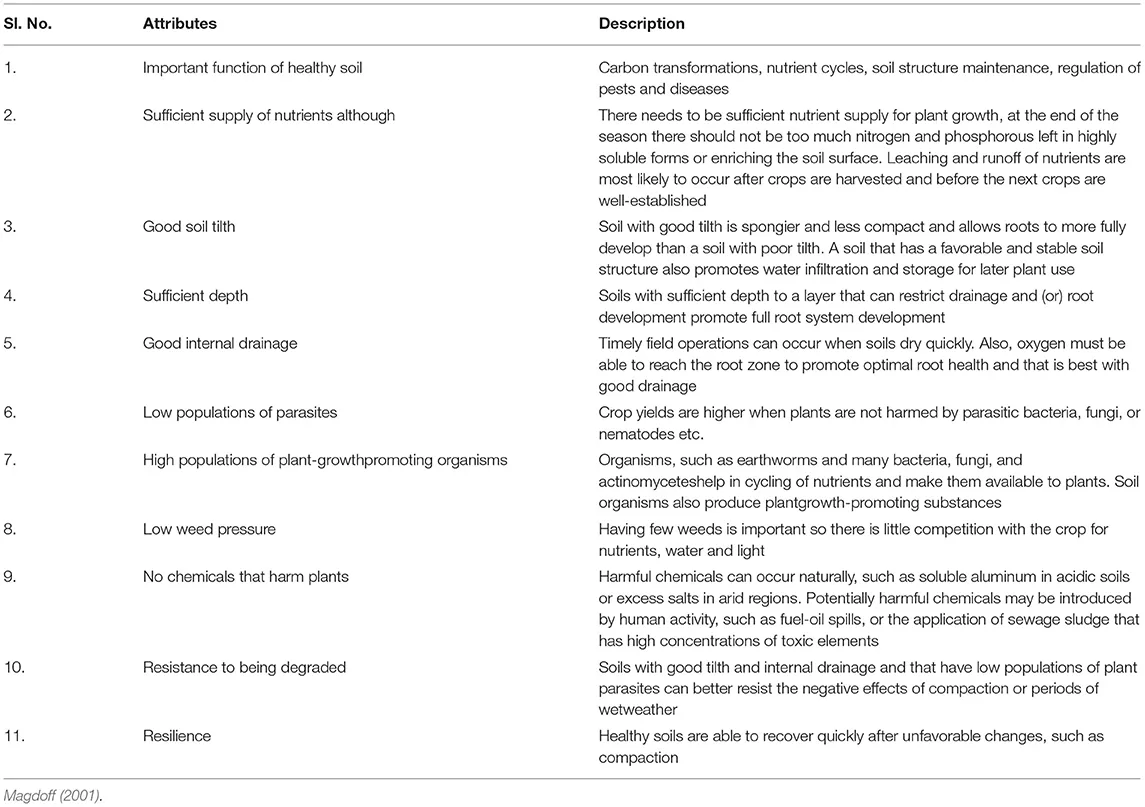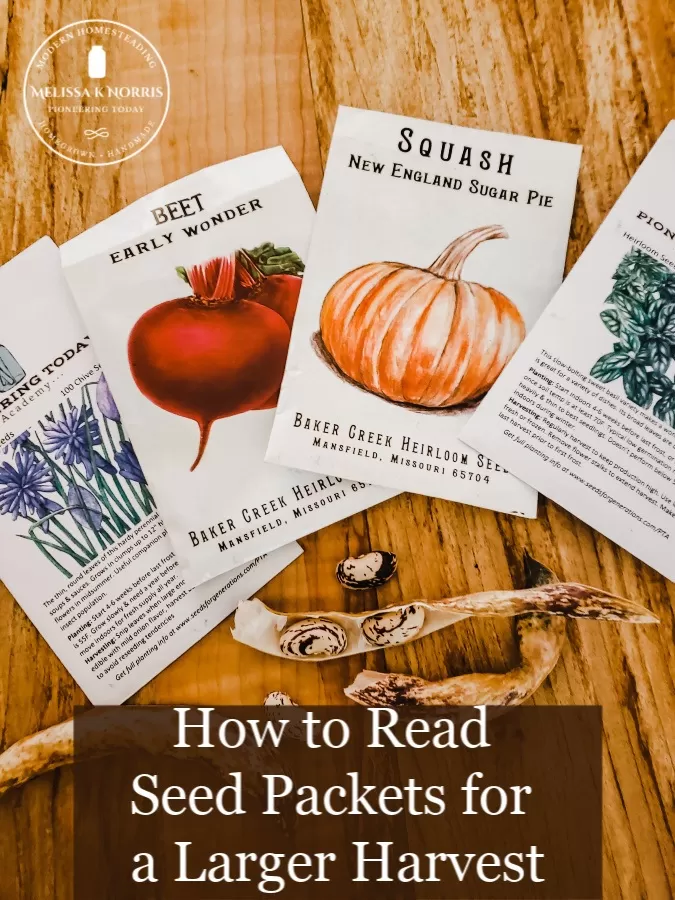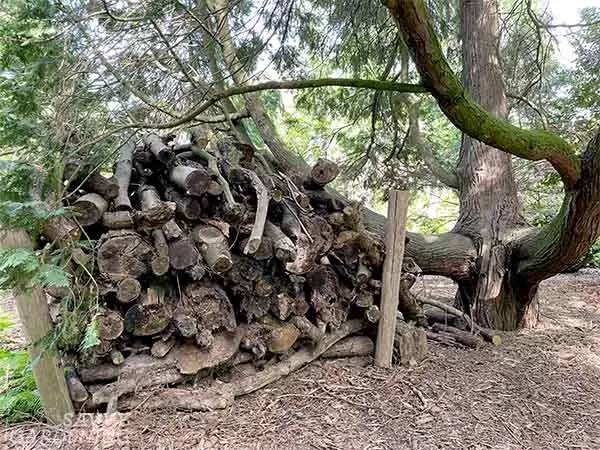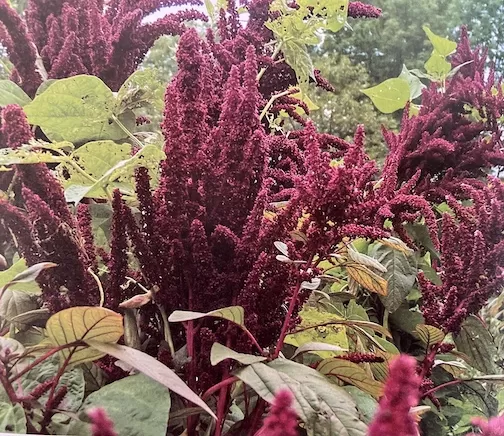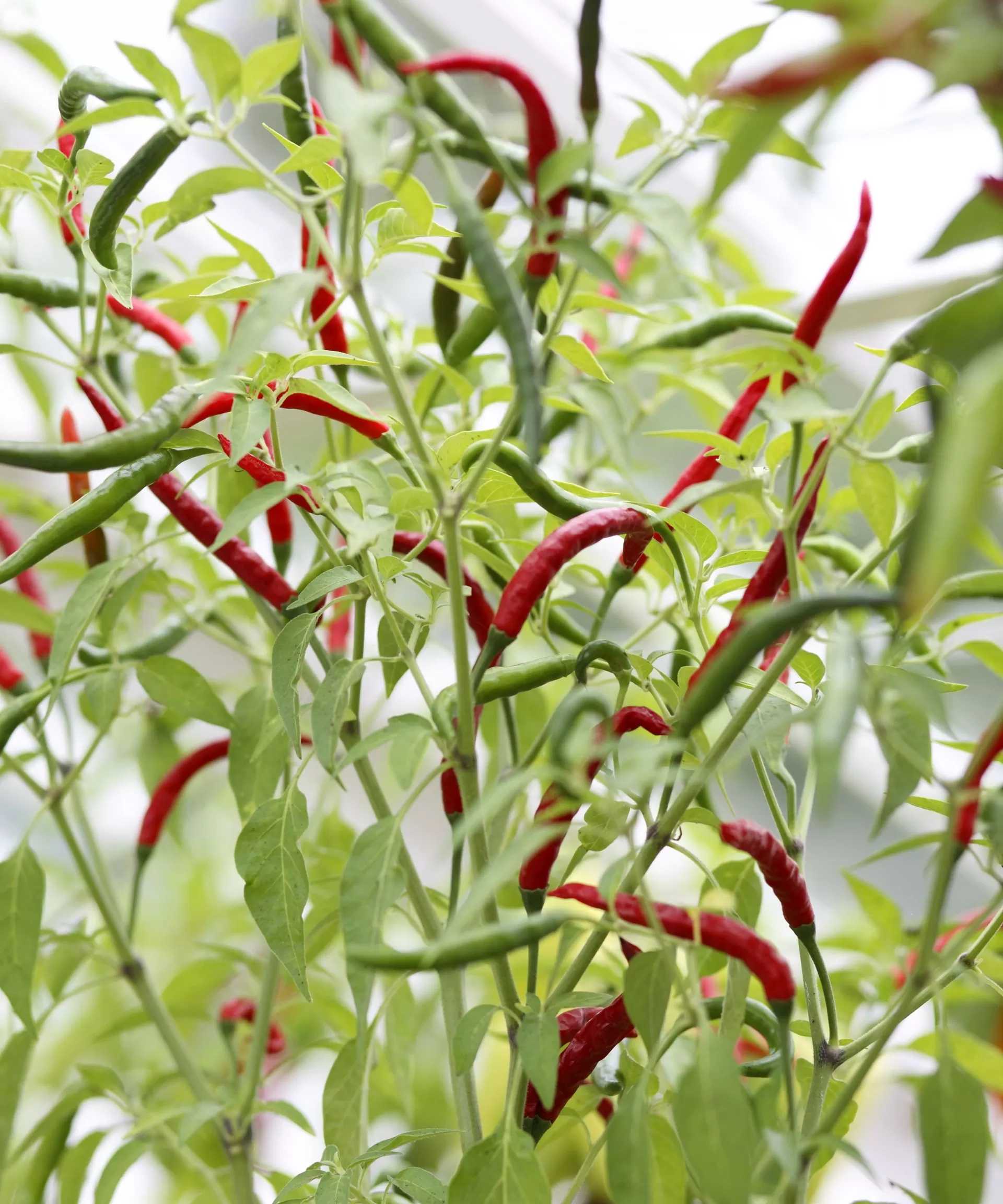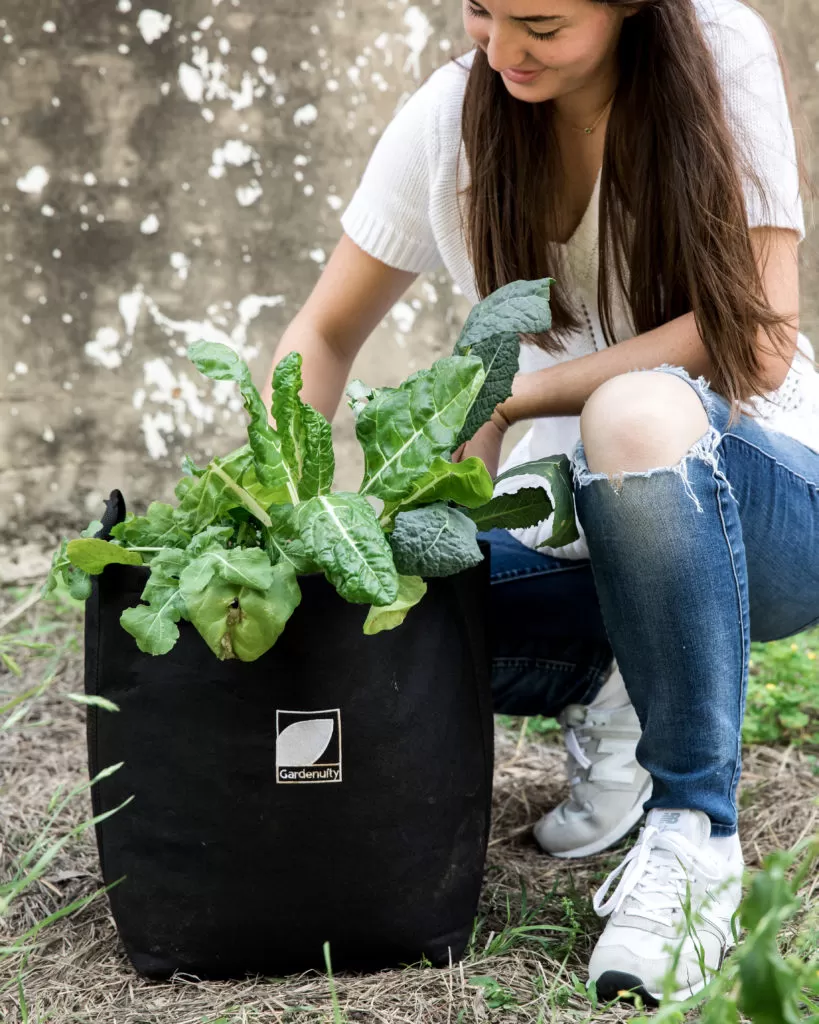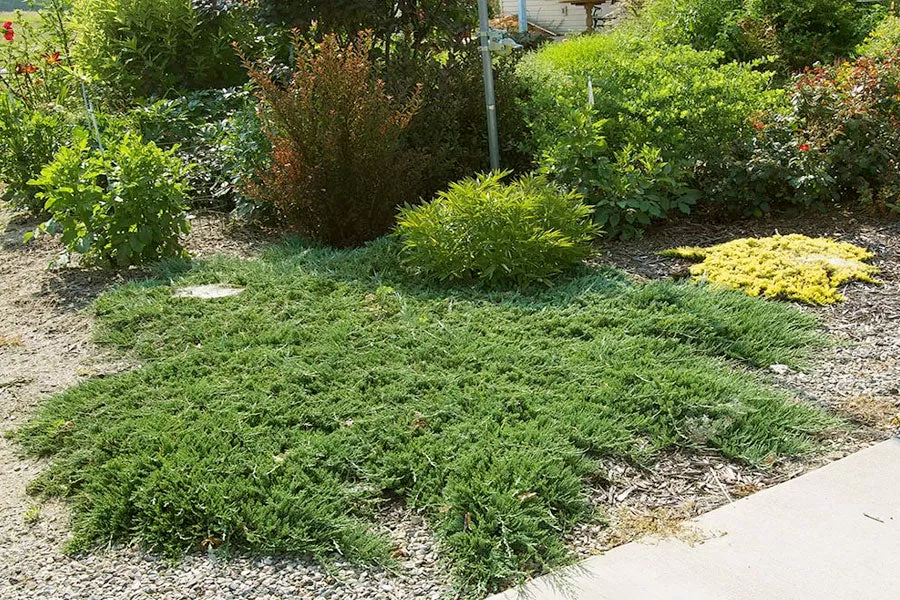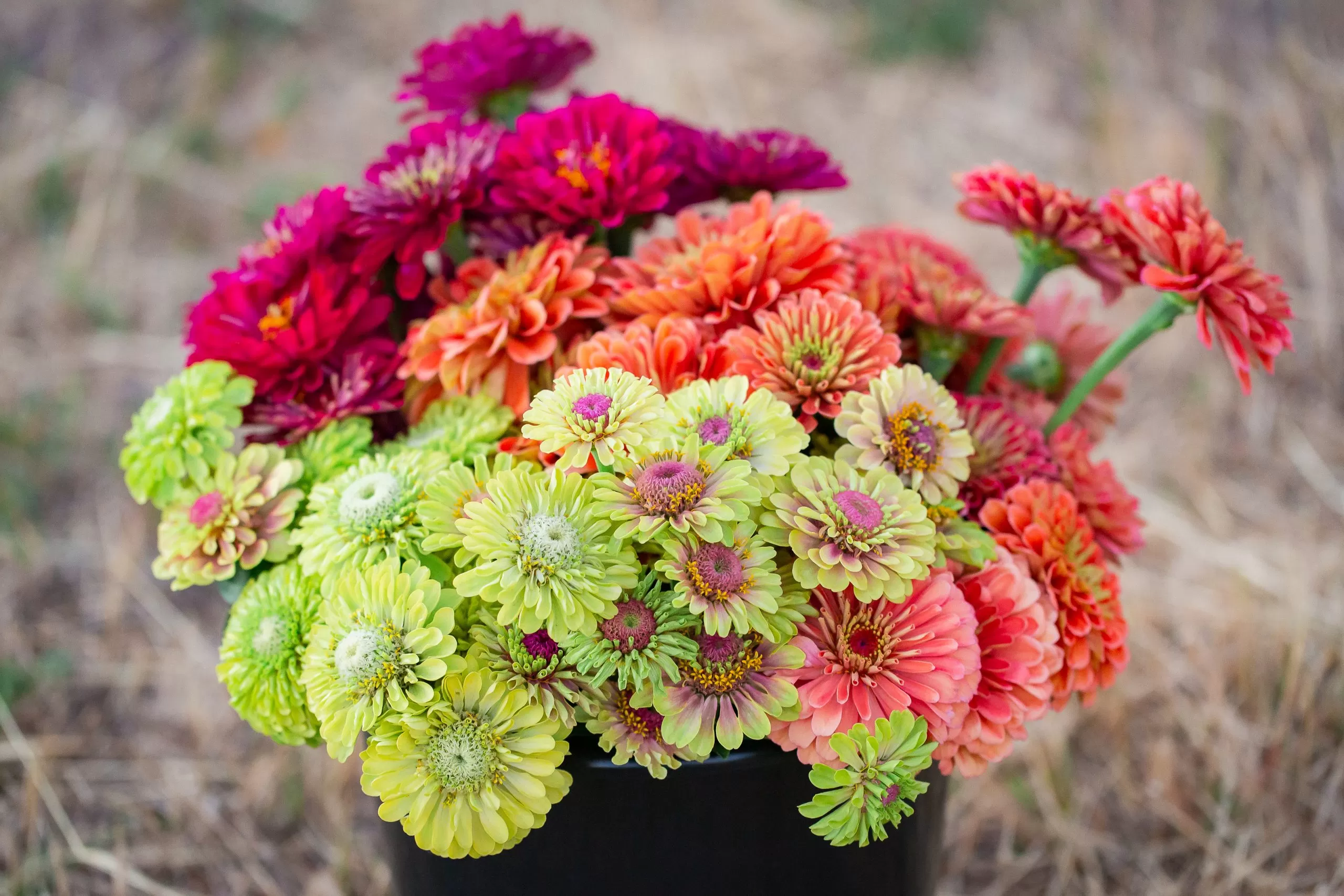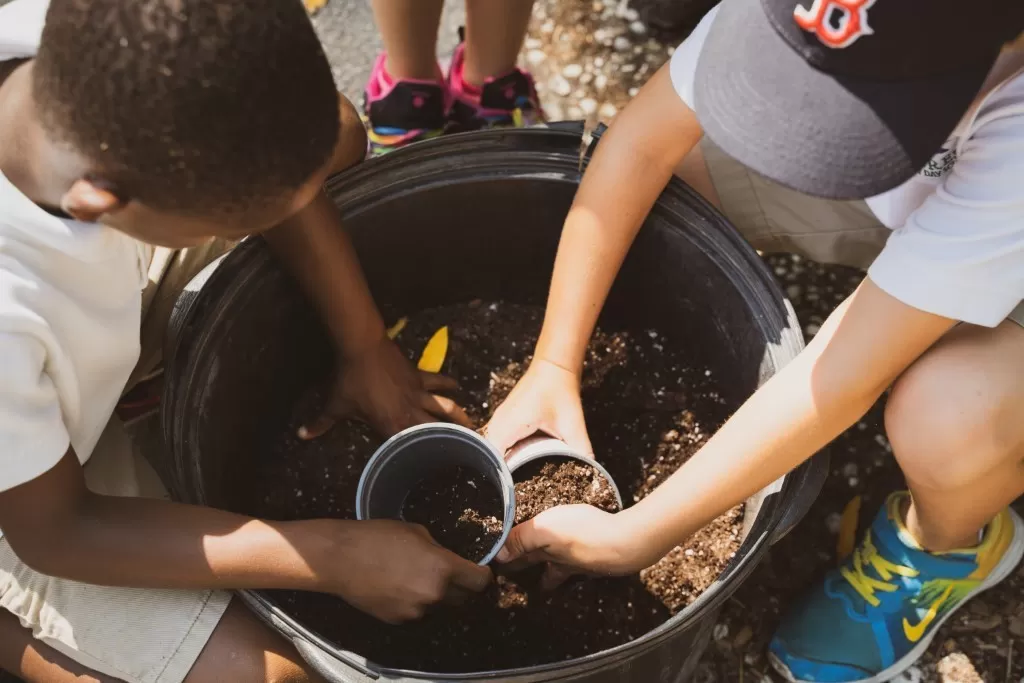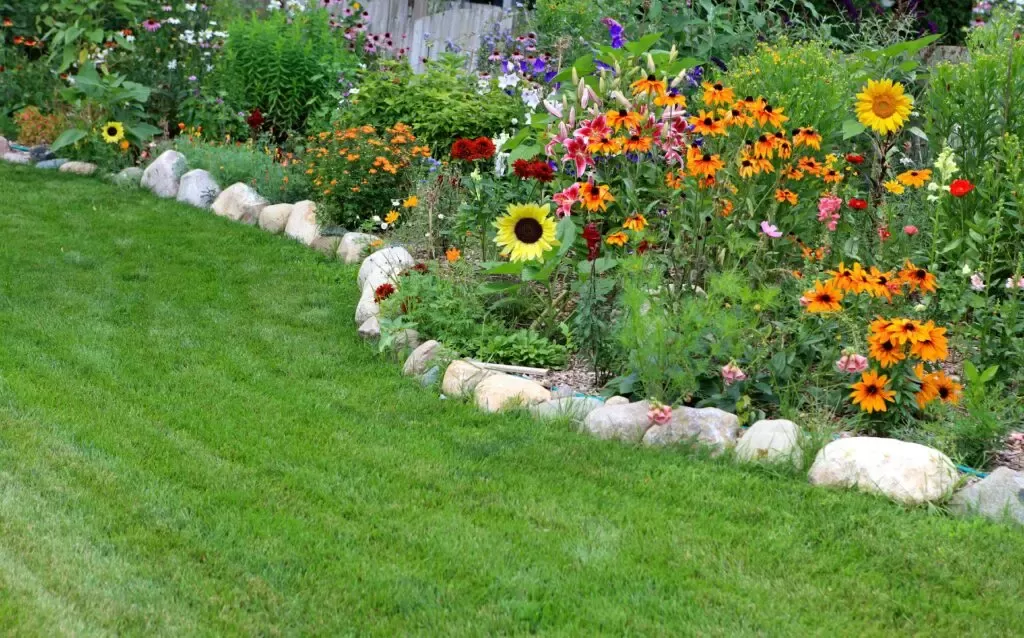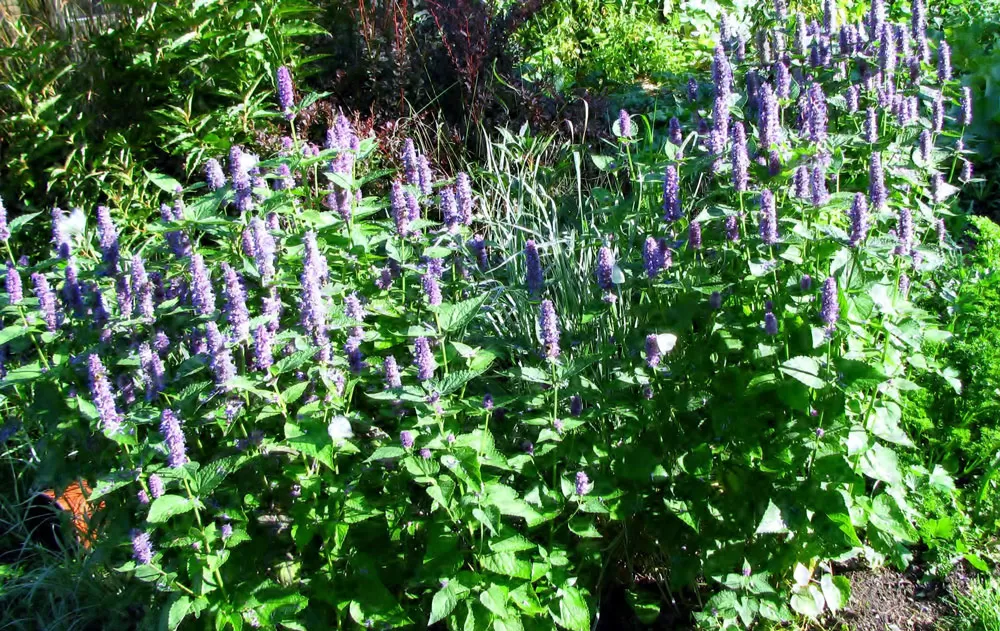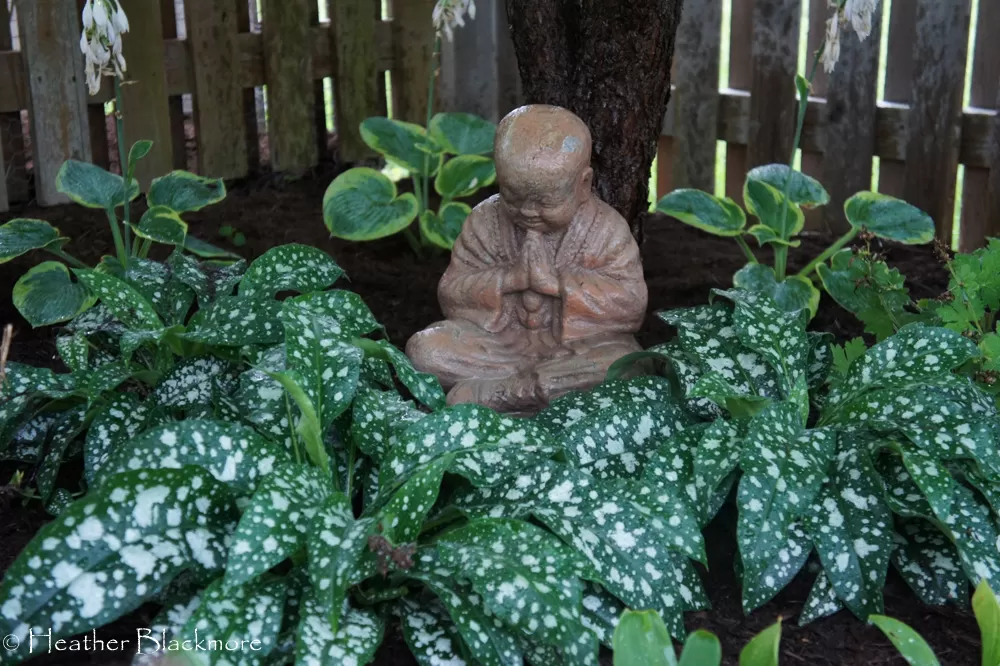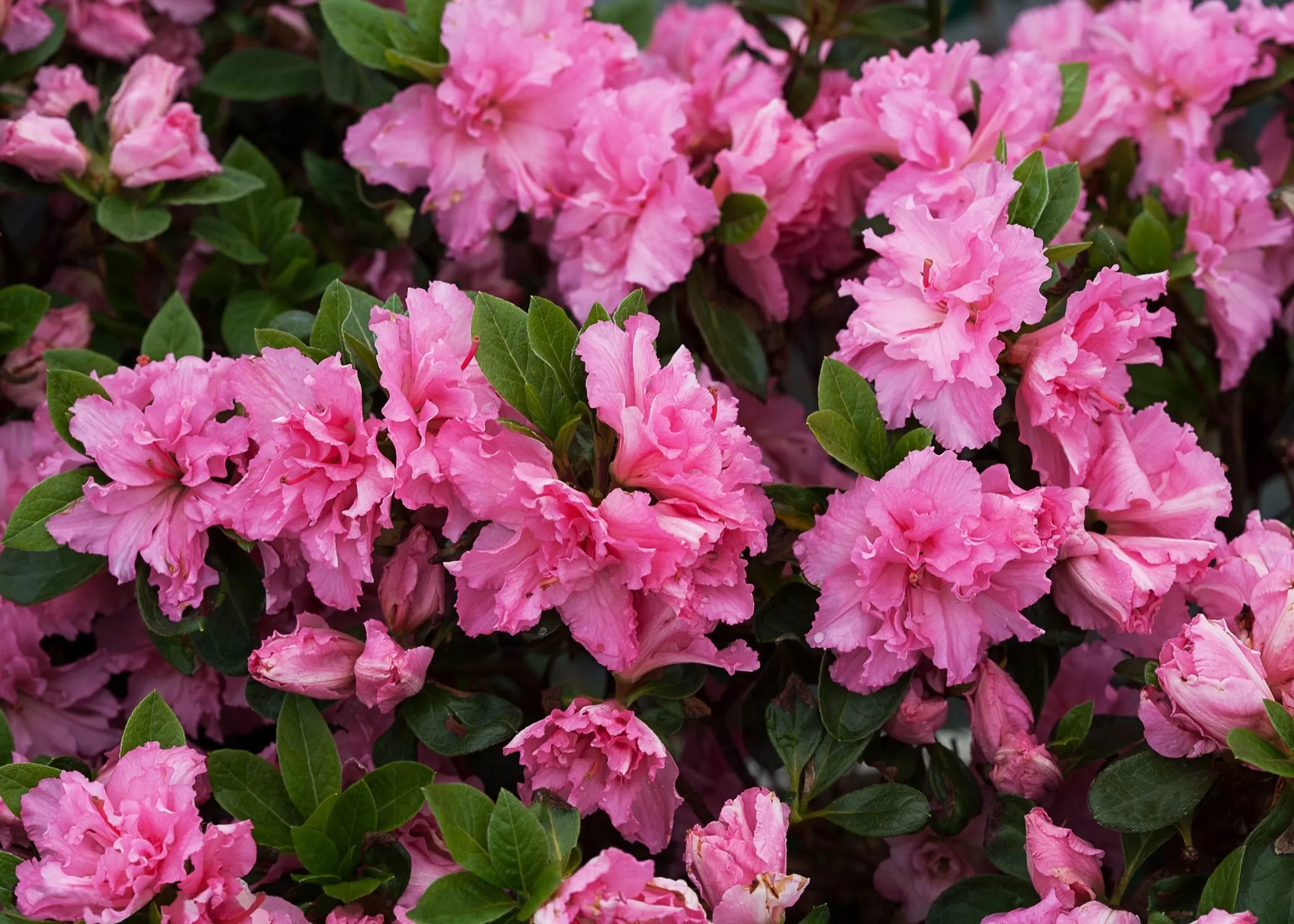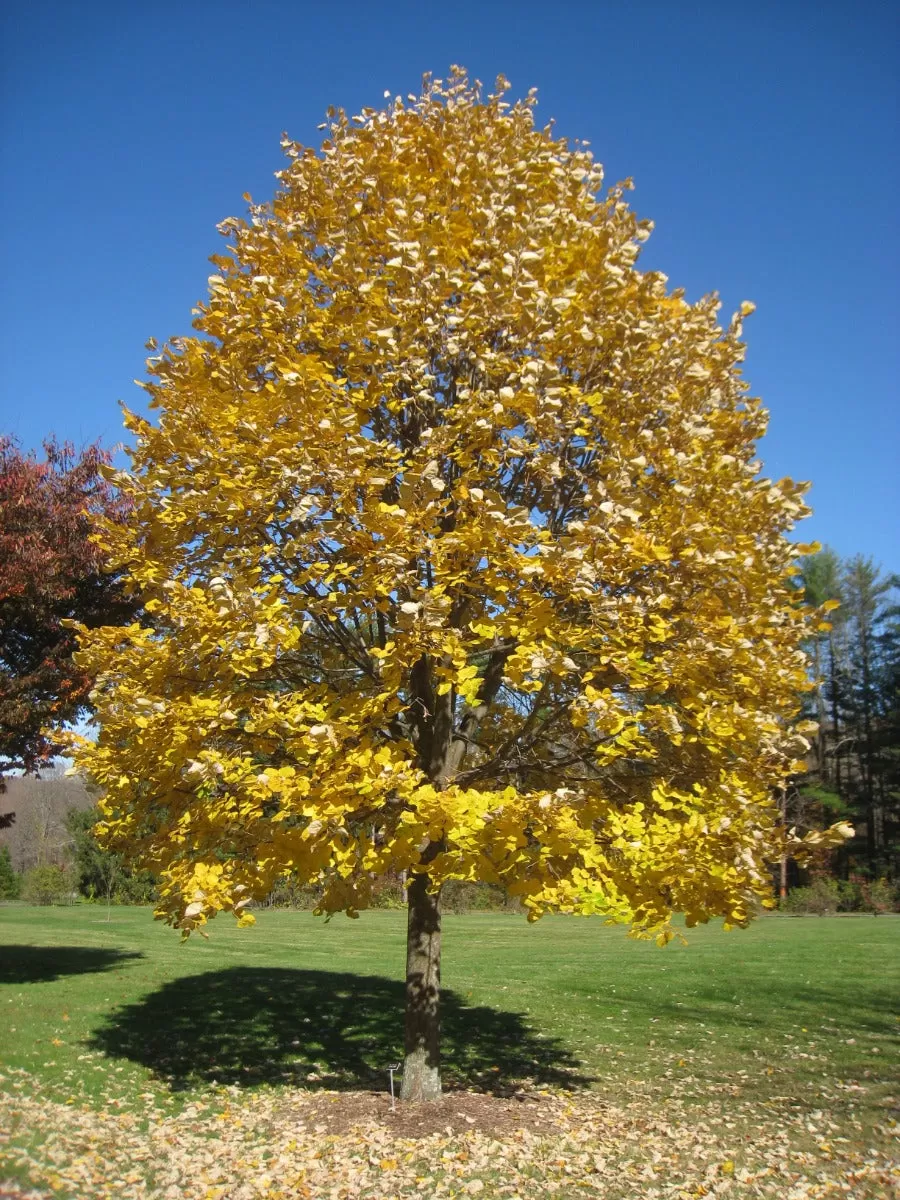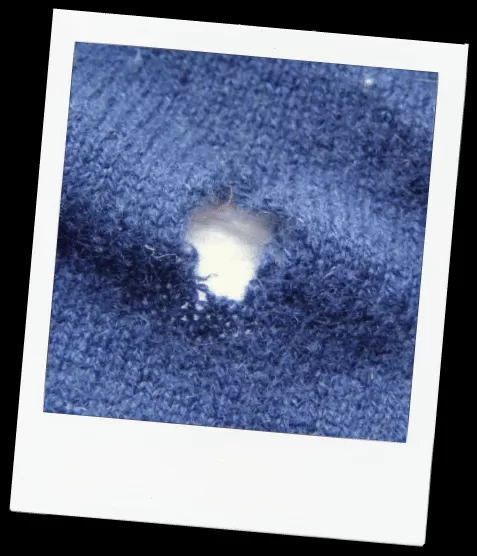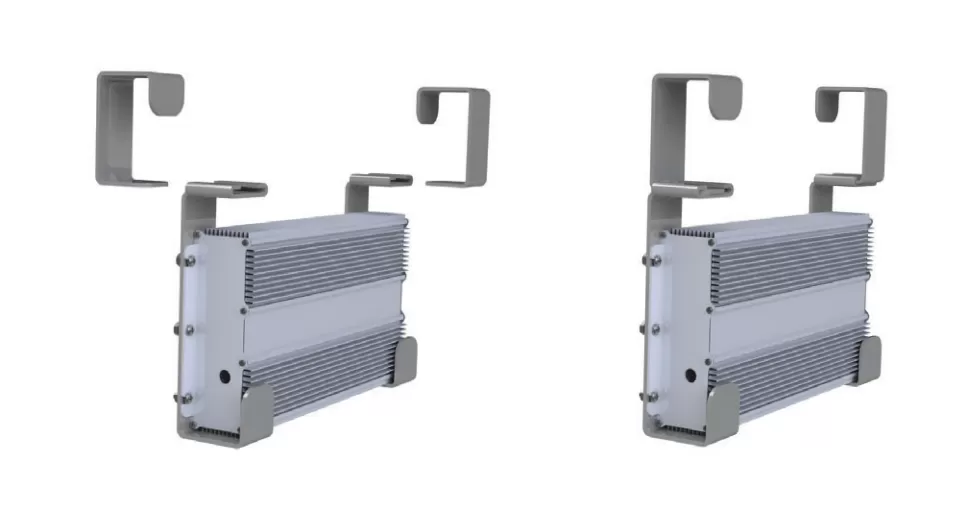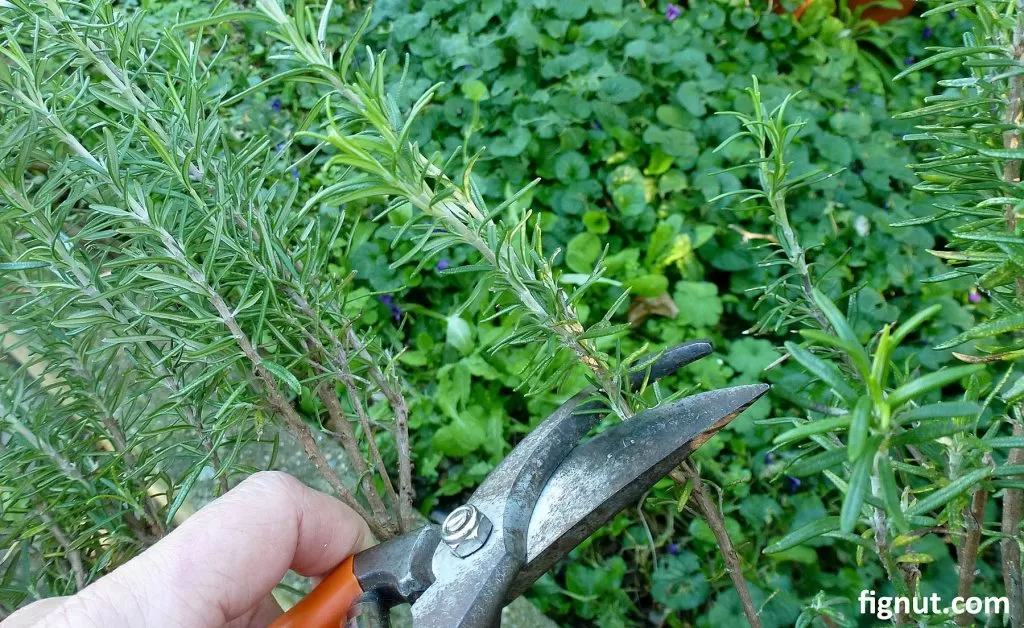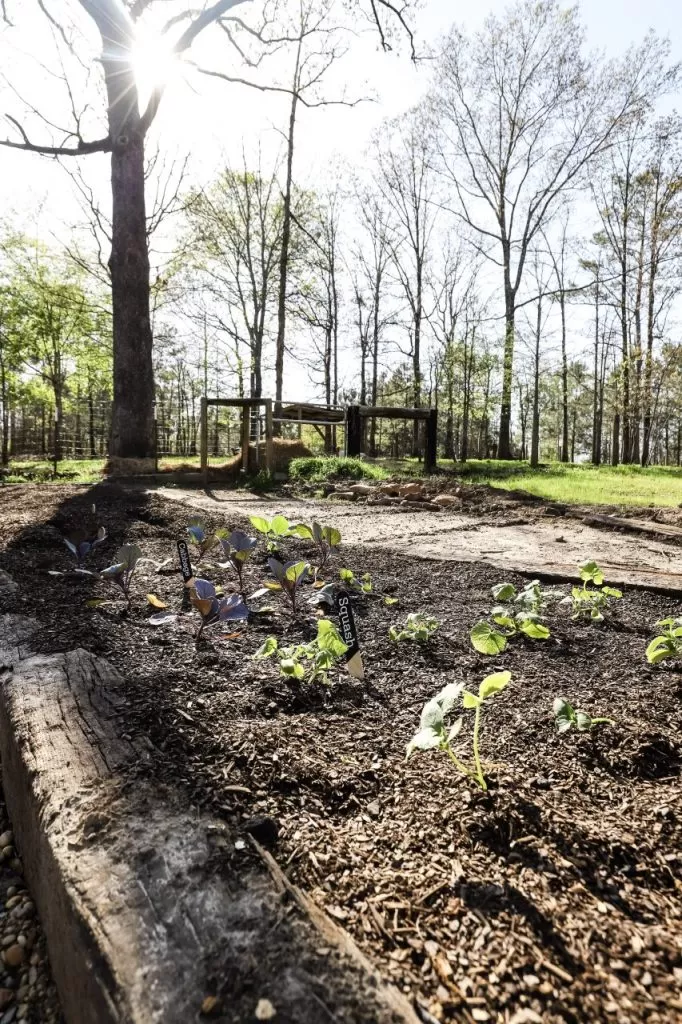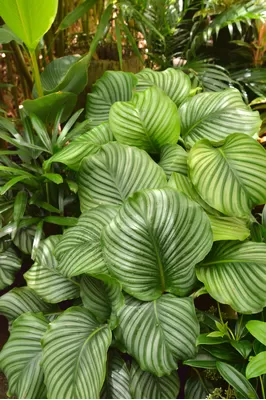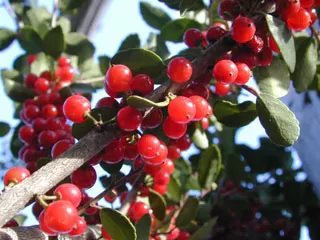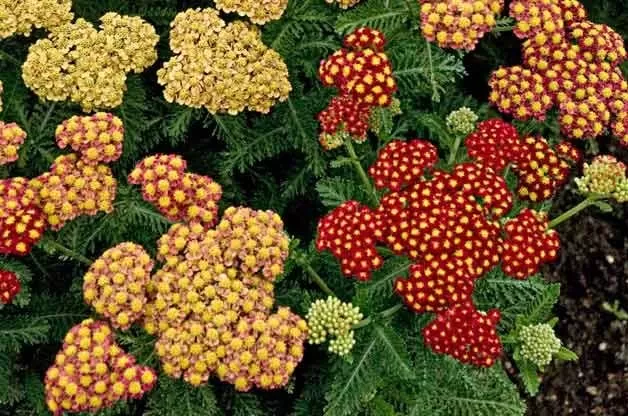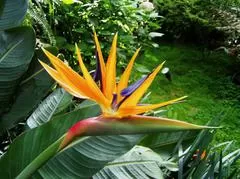Welcoming nature into your garden is a joy, but sometimes uninvited guests arrive! Weeds can steal precious nutrients, crowd out your beloved plants, and turn a manicured landscape into a messy battleground. Knowing your enemy is the first step to victory.
- Learn to identify common weeds by their leaf shape and life cycle.
- Discover practical strategies, from hand-pulling to herbicides, for effective weed control.
- Gain confidence in maintaining a beautiful, weed-free garden space.
- Understand why some weeds are tougher to tackle than others.
Getting to grips with the different types of weeds in your yard is essential for keeping them in check. Let’s explore the world of garden intruders and how to send them packing!
Contents
- What Exactly Are Weeds?
- How to Identify Your Weeds: Leaf Shape and Life Cycle Clues
- 32 Common Types of Weeds You Might Find
- 1. Annual Bluegrass (Poa annua)
- 2. Black Medic (Medicago lupulina)
- 3. Broadleaf Plantain (Plantago major)
- 4. Burweed (Soliva sessilis)
- 5. Canada Thistle (Cirsium arvense)
- 6. Clover (Trifolium repens)
- 7. Common Chickweed (Stellaria media)
- 8. Crabgrass (Digitaria)
- 9. Creeping Charlie (Glechoma hederacea)
- 10. Curly Dock (Rumex crispus)
- 11. Dandelions (Leontodon taraxacum)
- 12. English Daisy (Bellis perennis)
- 13. Florida Betony (Stachys floridana)
- 14. Goosegrass (Eleusine indica)
- 15. Hairy Bittercress (Cardamine hirsuta)
- 16. Henbit (Lamium amplexicaule)
- 17. Japanese Knotweed (Polygonum cuspidatum)
- 18. Kyllinga (Kyllinga brevifolius)
- 19. Lambsquarters (Chenopodium album)
- 20. Mallow (Malva neglecta)
- 21. Nutsedge (Cyperus spp.)
- 22. Orange Jewelweed (Impatiens capensis)
- 23. Quackgrass (Elymus repens)
- 24. Poison Sumac (Toxicodendron vernix)
- 25. Poison Ivy (Toxicodendron radicans)
- 26. Purslane (Portulaca oleracea)
- 27. Ragweed (Ambrosia artemisiifolia)
- 28. Spiny Pigweed (Amaranthus spinosus)
- 29. Stinging Nettle (Urtica dioica)
- 30. Velvetleaf (Abutilon theophrasti)
- 31. Wild Violet (Viola papilionacea)
- 32. Woodsorrel (Oxalis stricta)
- Frequently Asked Questions About Weeds
- How can I accurately identify the types of weeds in my garden?
- Which types of weeds are typically the most difficult to get rid of?
- What’s the best way to eliminate a large area of weeds quickly?
- Ready to Reclaim Your Garden?
What Exactly Are Weeds?
Think of weeds as nature’s opportunistic plants. They are plants growing where you don’t want them – pushing through patio cracks, invading flowerbeds, or choking out your lawn. While some weeds can be prickly, toxic, or aggressively invasive, others are actually edible, support pollinators, or even improve the soil. The key is that they are plants interfering with your gardening goals. To manage them effectively, you need to understand what makes them tick.
How to Identify Your Weeds: Leaf Shape and Life Cycle Clues
Weeds aren’t just random green invaders; they have characteristics that help us classify them and determine the best way to control them. The two most common ways to categorize weeds are by their leaf shape and their life cycle.
By leaf shape, weeds fall into two main groups:
- Grassy Weeds: These sprout with just one leaf and have long, narrow blades with veins running parallel, much like your lawn grass. Sometimes they blend in, but look closely for differences in color, texture, or growth habit. Think of crabgrass sneaking into your lawn.
- Broadleaf Weeds: Starting with two seed leaves, these weeds come in endless shapes and sizes but generally have wider leaves with branching, netted veins. They often boast colorful flowers or distinctive taproots. Dandelions with their sunny yellow blooms are classic broadleaf weeds.
Understanding a weed’s life cycle is also crucial for timing your control efforts:
- Annual Weeds: These speedy growers complete their entire life cycle – sprouting, growing, flowering, and seeding – in less than a year.
- Summer Annuals: Sprout in spring, thrive in summer heat, and die with the first frost. Examples: Sandbur, spurge, purslane.
- Winter Annuals: Sprout in late summer/early fall, grow through cooler months, and flower/seed in spring/early summer before dying in the heat. Examples: Annual bluegrass, chickweed, henbit.
- Biennial Weeds: These take two years. The first year is spent growing a cluster of leaves close to the ground. In the second year, they send up a tall stalk, flower, produce seeds, and then die. Queen Anne’s lace is a familiar biennial.
- Perennial Weeds: The marathon runners of the weed world, living for three years or more. They flower and seed each season and often have extensive root systems, allowing them to survive winter and regrow from roots or other underground structures.
- Simple Perennials: Spread mainly by seed, but can regrow from root pieces if disturbed. Dandelions are an example.
- Creeping Perennials: Spread by seed, roots, and creeping stems (stolons or rhizomes). These are the toughest to eliminate as tiny fragments can sprout new plants. Johnsongrass or field bindweed fit this category.
Armed with this knowledge, you can identify the specific types of weeds bothering you and choose the most effective strategies to manage them.
32 Common Types of Weeds You Might Find
Let’s get acquainted with some of the most frequent garden and lawn invaders. Knowing their habits is half the battle!
1. Annual Bluegrass (Poa annua)
This cool-season grassy weed makes itself known in spring when tiny greenish-white seed heads wave like little flags across your lawn. While harmless-looking, these seeds are prolific spreaders, threatening to turn your neat grass into a patchwork.
- Where it grows: All across the United States.
- How to manage/get rid of:
- Dig out small, isolated plants.
- Mow regularly at a height of 2 inches or more in spring and bag clippings to catch seeds.
- Apply a pre-emergent herbicide in late summer or early fall to prevent seeds from sprouting.
2. Black Medic (Medicago lupulina)
Often seen mingling with white clover in dry, sunny spots, black medic is a legume that can fix nitrogen in the soil. It forms low-growing colonies with leaves similar to clover (three leaflets, each with a small point). Its bright yellow, pea-like flowers give it names like ‘yellow trefoil’.
- Where it grows: All across the United States.
- How to manage/get rid of:
- Easy to hand-pull, especially before it seeds.
- For larger areas, use a broadleaf herbicide in late spring/early summer and again in early to mid-autumn.
3. Broadleaf Plantain (Plantago major)
A sturdy broadleaf perennial, plantain loves compacted, moist soil and tolerates foot traffic well. Its distinctive oval leaves with prominent parallel veins grow in rosettes flat against the ground. Later, it sends up tall stalks topped with tiny, inconspicuous greenish flowers that turn into seed spikes.
- Where it grows: All across the United States.
- How to manage/get rid of:
- Mow regularly to prevent seed stalks from developing.
- Use a trowel or shovel to dig up the plant, making sure to get the deep taproot.
- Spot treat with a broadleaf herbicide containing ingredients like 2,4-D or triclopyr.
 Broadleaf plantain (Plantago major)
Broadleaf plantain (Plantago major)
4. Burweed (Soliva sessilis)
You’ll know if you have burweed when you step on one of its sharp, spiny seed burs! This winter annual forms these painful stickers in the spring. Before that, look for small, hairy leaves deeply divided into narrow segments.
- Where it grows: Along the Western coast (WA, OR, CA) and the Southeastern US (VA south to FL, west to TX).
- How to manage/get rid of:
- The best control is preventative: apply a pre-emergent herbicide like atrazine in late winter (Jan/Feb) before the stickers form.
- If it has sprouted, use a post-emergent herbicide before the burs develop.
5. Canada Thistle (Cirsium arvense)
A truly noxious weed in many areas, Canada thistle is a persistent broadleaf perennial known for its prickly leaves and stems and clusters of purple flowers. It can grow quite tall and spreads aggressively via deep, extensive root systems. Stepping on or brushing against its sharp spines is a painful experience!
- Where it grows: Most of the United States, less common in the Deep South.
- How to manage/get rid of:
- Requires digging the plant along with its deep, spreading roots (wear thick gloves!).
- Repeated applications of broadleaf herbicide in both spring and fall are often necessary.
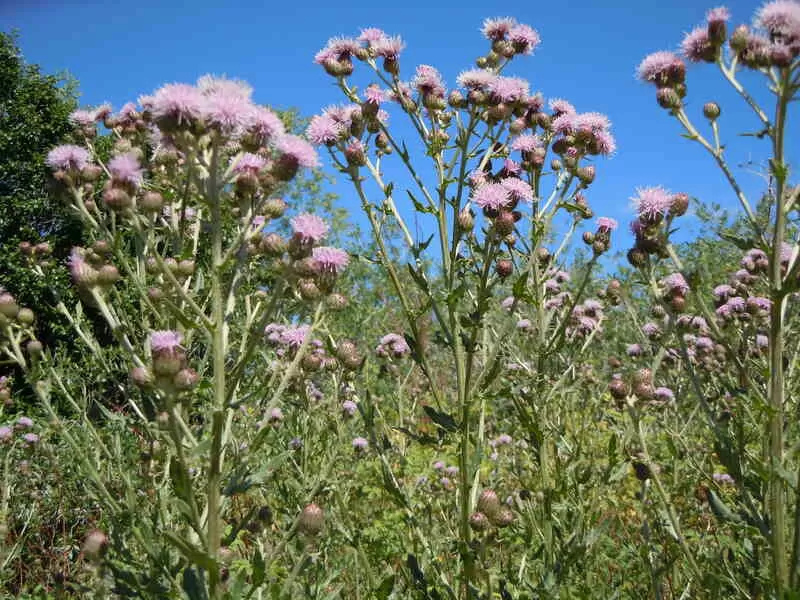 pink flowers of canada thistle
pink flowers of canada thistle
6. Clover (Trifolium repens)
Some gardeners embrace clover for its benefits (nitrogen fixation, groundcover), while others see its dense, mat-forming growth and small white or pinkish-purple flowers (white clover is Trifolium repens) as a nuisance. Spreading by seeds and runners, clover can quickly fill thin or weak lawn areas.
- Where it grows: All across the United States.
- How to manage/get rid of:
- Apply a thick layer of mulch in garden beds to suppress growth.
- Hand-pull small patches.
- In lawns, consider iron-based herbicides or natural methods like vinegar or corn gluten meal.
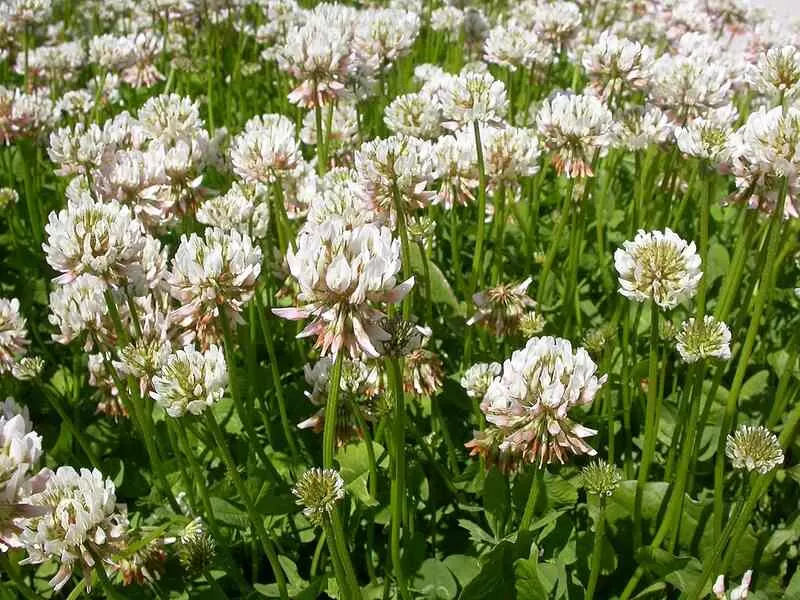 White clover (Trifolium repens)
White clover (Trifolium repens)
7. Common Chickweed (Stellaria media)
This low-growing, light green winter annual forms dense mats with tiny white, star-like flowers. Chickweed spreads rapidly by seed and can reroot from stem fragments, making hand-pulling tricky if pieces are left behind. It thrives in cool, moist conditions.
- Where it grows: Most of the United States, less common in the Southeast.
- How to manage/get rid of:
- Hand-pull young seedlings before they flower and set seed. Be thorough.
- Apply a post-emergent herbicide containing ingredients like dicamba or MCPP.
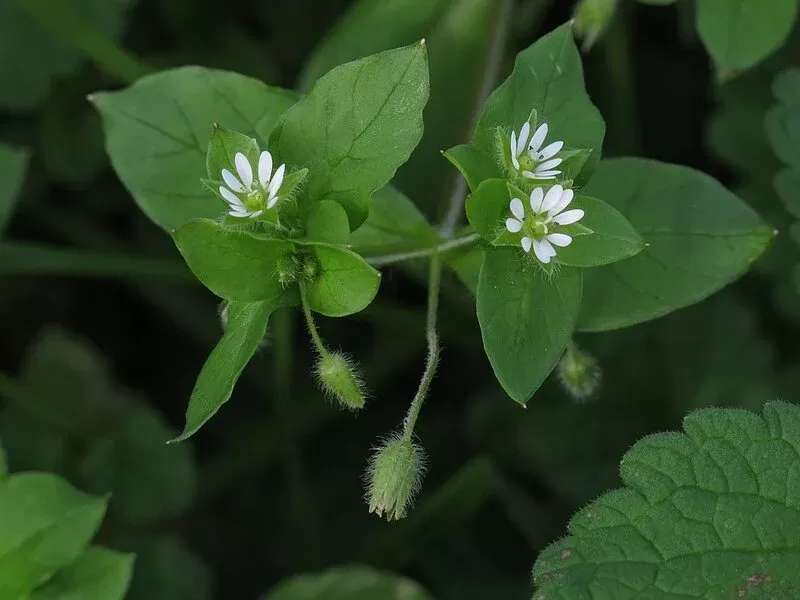 Common chickweed (Stellaria media)
Common chickweed (Stellaria media)
8. Crabgrass (Digitaria)
A notorious summer annual grassy weed, crabgrass loves hot weather and often colonizes thin turf, bare spots, and even pavement cracks. It gets its name from its growth habit, creeping low to the ground. Crabgrass is a prolific seed producer, capable of seeding even at low mowing heights, making it a persistent challenge.
- Where it grows: All across the United States.
- How to manage/get rid of:
- Apply a pre-emergent herbicide in early spring before seeds germinate.
- Hand-pull isolated plants, ensuring you remove the roots.
- Spot treat with a systemic herbicide designed for grassy weeds.
9. Creeping Charlie (Glechoma hederacea)
Also known as ground ivy, this perennial broadleaf weed spreads aggressively via seeds and rooting stems. It prefers moist, shady spots, often found under trees and shrubs. Look for kidney-shaped leaves with scalloped edges and square stems. Crushed leaves have a minty smell.
- Where it grows: Most of the United States, less common in the Southwest.
- How to manage/get rid of:
- Improve sun exposure by trimming trees and bushes.
- Avoid overwatering and improve soil drainage.
- Spot-spray small areas with broadleaf herbicides containing triclopyr or dicamba in spring and fall.
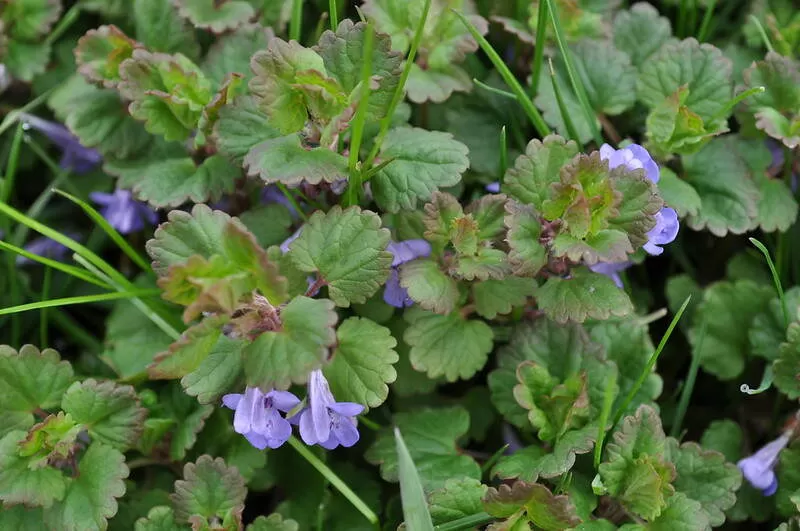 Creeping Charlie (Glechoma hederacea)
Creeping Charlie (Glechoma hederacea)
10. Curly Dock (Rumex crispus)
Recognizable by its long leaves with distinctive wavy or curly edges, curly dock is a simple perennial spreading by seed. It sends up tall stalks with dense clusters of winged seeds that change color from green to brown as they mature. This weed often indicates overly wet conditions.
- Where it grows: All across the United States.
- How to manage/get rid of:
- Remove the plant crown about 2 inches below the soil surface using a shovel.
- Mow regularly to prevent the formation of seed stalks.
- Apply herbicides in spring (on seedlings) or fall (on established plants).
11. Dandelions (Leontodon taraxacum)
The iconic dandelion! These sunny yellow perennial broadleaf weeds pop up early, providing food for pollinators before transforming into fluffy seed heads that scatter their offspring everywhere with a breeze. While some appreciate their edible and medicinal uses, their deep taproots make complete removal challenging for many gardeners.
- Where it grows: All across the United States.
- How to manage/get rid of:
- Pull the weed using a garden trowel or dandelion fork, ensuring you remove the entire taproot.
- Use mulch in garden beds to suppress germination.
- Apply a systemic broadleaf herbicide in lawn areas.
12. English Daisy (Bellis perennis)
With its small, charming white flowers with yellow centers, calling English daisy a weed seems harsh! However, this perennial can become quite invasive in cool, moist climates, forming dense patches that crowd out grass – earning it the nickname ‘lawn daisy’. It spreads readily by seed.
- Where it grows: Pacific coast, northern states, Great Lakes area, and Atlantic coast down to North Carolina.
- How to manage/get rid of:
- Hand-pull young plants before they set seed.
- Apply a broadleaf herbicide containing triclopyr on lawns or spot treat with glyphosate in landscape beds (use carefully as glyphosate is non-selective).
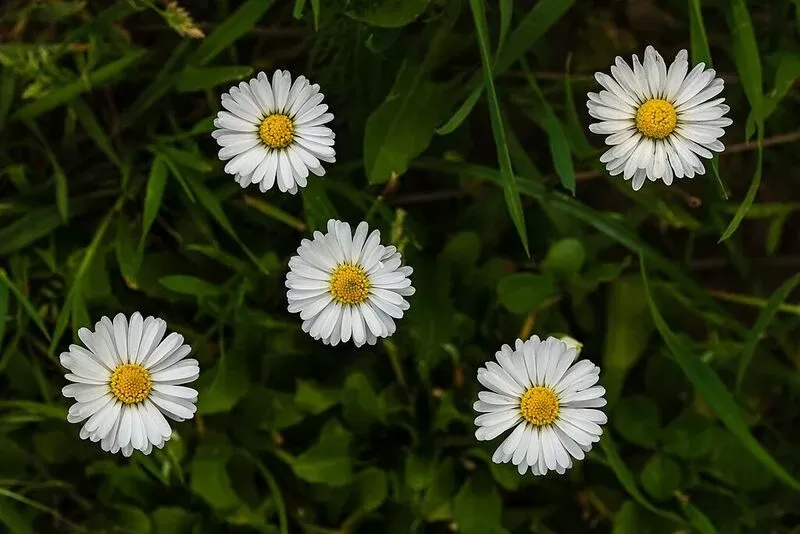 English daisy (Bellis perennis)
English daisy (Bellis perennis)
13. Florida Betony (Stachys floridana)
Also called rattlesnake weed due to its segmented white tubers, Florida betony is a prolific cool-season perennial in the mint family (note the square stems!). It has upright growth, oval leaves, and pink to purple tubular flowers. While edible, its persistent tubers make it difficult to eradicate as new plants can sprout from small root fragments.
- Where it grows: Southern states from TX to FL and north to NC, plus CA.
- How to manage/get rid of:
- Hand-pulling requires removing the entire root system with all tubers.
- Contact herbicides won’t reach the tubers. Use a systemic herbicide like glyphosate for widespread infestations, being mindful it kills desired plants too.
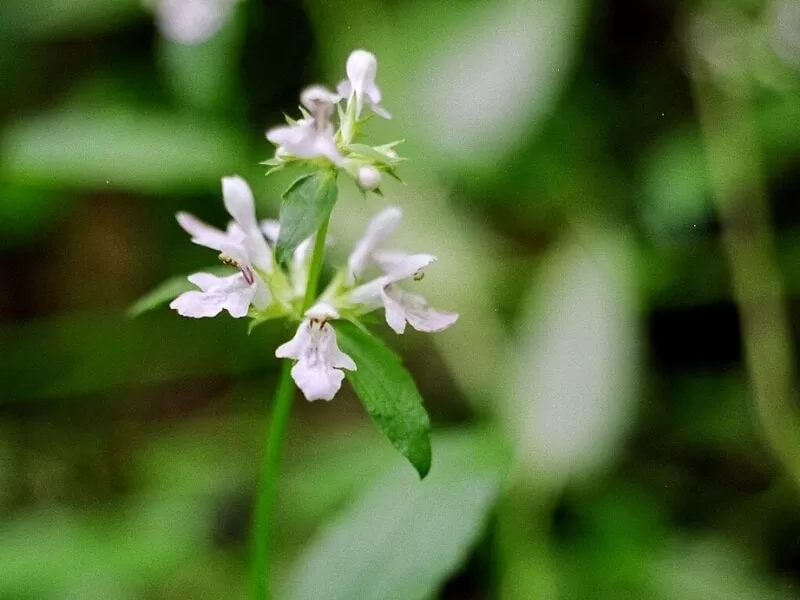 Florida betony (Stachys floridana)
Florida betony (Stachys floridana)
14. Goosegrass (Eleusine indica)
This warm-season grassy weed thrives in compacted soil and high-traffic areas where turf struggles. Look for its distinctive flattened, whitish stems radiating from the center, giving it a prostrate, low-growing habit.
- Where it grows: Most of the United States, less common in the Northwest.
- How to manage/get rid of:
- Maintain a dense, healthy lawn by mowing at the highest recommended height for your grass type.
- Aerate compacted soil and overseed thin areas.
- Apply a pre-emergent weed killer in spring.
15. Hairy Bittercress (Cardamine hirsuta)
Growing in charming small clumps of tiny leaves, hairy bittercress is a common weed in moist garden soil and containers. This winter annual shoots up small white, star-shaped flowers in spring that develop into seed pods capable of flinging seeds several feet away. Its shallow roots make it easy to hand-pull if caught early.
- Where it grows: Pacific coast, southern states, and eastern coast.
- How to manage/get rid of:
- Hand-weed and mow young plants before they seed.
- Remove plants before the seed pods mature and burst.
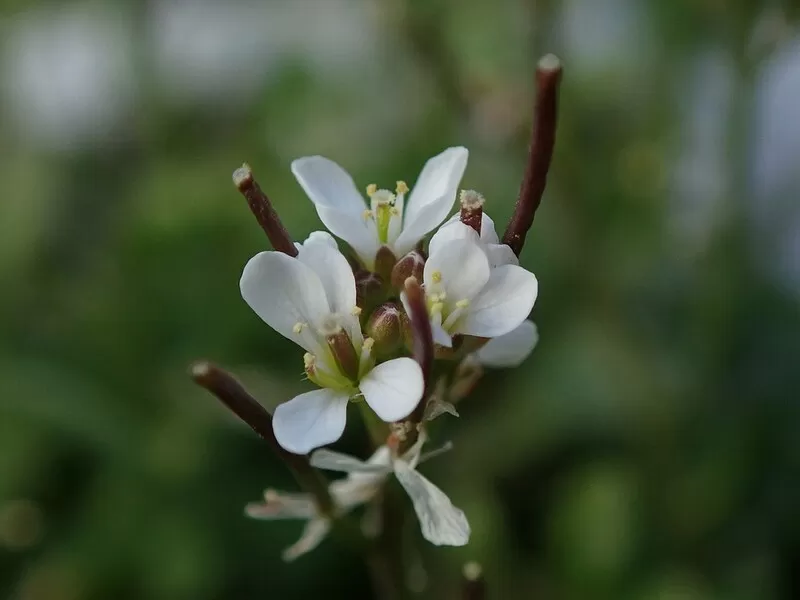 Hairy bittercress (Cardamine hirsuta)
Hairy bittercress (Cardamine hirsuta)
16. Henbit (Lamium amplexicaule)
Another member of the mint family with square stems, henbit is a winter annual broadleaf weed. It’s easily identified by its reddish-purple flowers and rounded upper leaves that seem to wrap around the stem. Henbit spreads mainly by seed and prefers cool, moist locations.
- Where it grows: All across the United States.
- How to manage/get rid of:
- Hand-pull flowering plants before they go to seed.
- Maintain a dense turfgrass in shady areas using species like Zoysia or tall fescue to outcompete it.
17. Japanese Knotweed (Polygonum cuspidatum)
An aggressive perennial, Japanese knotweed spreads rampantly via underground rhizomes. Spring brings red to purple shoots that quickly grow into tall, hollow, bamboo-like stems with heart-shaped leaves and reddish veins. In summer, clusters of tiny creamy white flowers appear. This plant is notoriously difficult to control due to its powerful root system.
- Where it grows: Most of the United States, less common in the Great Basin, Colorado Plateau, FL, and AL.
- How to manage/get rid of:
- Regular mowing can slow rhizome growth but won’t eliminate it.
- Systemic broadleaf herbicides applied in spring and fall are necessary, often requiring repeated applications over several years.
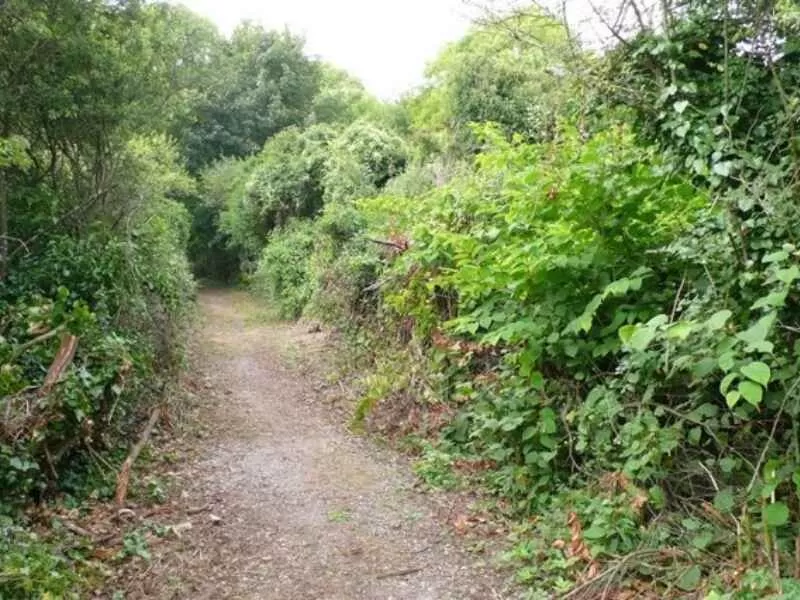 Japanese knotweed (Polygonum cuspidatum)
Japanese knotweed (Polygonum cuspidatum)
18. Kyllinga (Kyllinga brevifolius)
This perennial sedge spreads by seed and rhizomes, forming dense mats in bare or shaded areas, often where turf is sparse. It can be mistaken for nutsedge but typically grows more densely. Its presence indicates moist soil conditions.
- Where it grows: Southern United States from FL west to AZ and CA, and in HI.
- How to manage/get rid of:
- Hand removal is labor-intensive; you must remove the entire root and rhizome system.
- Fall applications of post-emergent herbicides specifically labeled for sedges are often the most effective method.
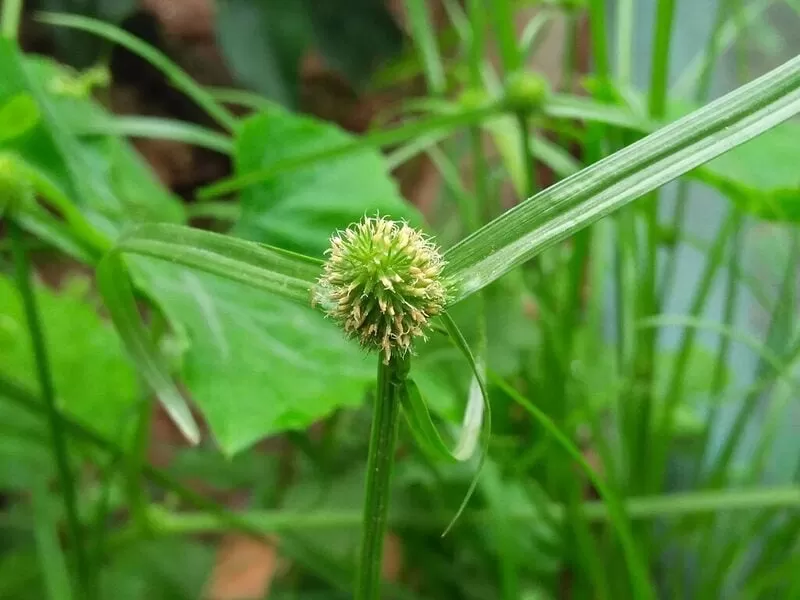 Kyllinga (Kyllinga brevifolius)
Kyllinga (Kyllinga brevifolius)
19. Lambsquarters (Chenopodium album)
A fast-growing annual broadleaf, lambsquarters is actually edible and quite nutritious, but when it invades your cultivated spaces, it’s definitely a weed! It spreads prolifically by seed and can grow into large plants up to 4 feet tall. Look for its distinctive triangular, scalloped leaves with a powdery gray underside.
- Where it grows: All across the United States.
- How to manage/get rid of:
- Pull young plants by hand, removing as much root as possible. Use a shovel for larger, mature plants.
- Apply a post-emergent herbicide while plants are still small.
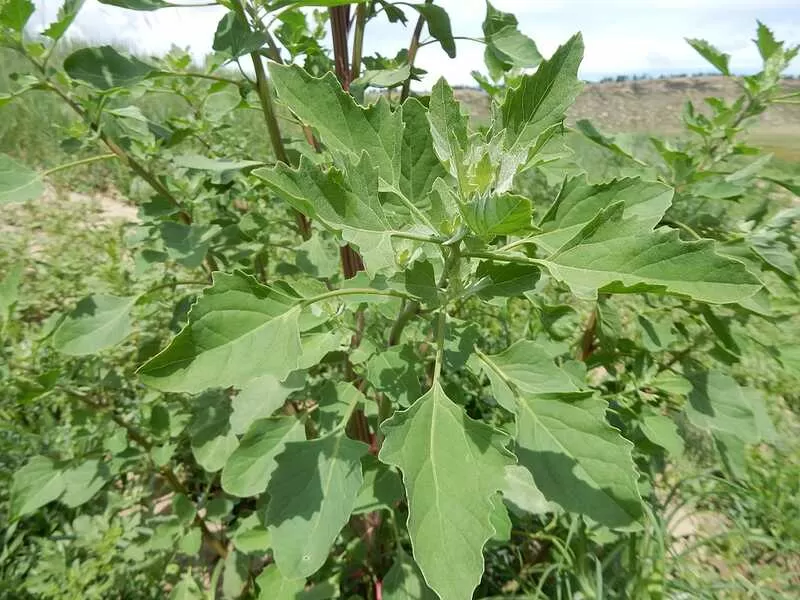 Lambsquarters (Chenopodium album)
Lambsquarters (Chenopodium album)
20. Mallow (Malva neglecta)
This round, bushy plant can be an annual or biennial weed, often found around the edges of healthy lawns or in thinner grass areas. It’s easily recognized by its round leaves with wavy edges, small pink flowers, and unique button-shaped fruits (hence names like ‘cheeseweed’ or ‘buttonweed’).
- Where it grows: Most of the United States, less common in FL, MS, and AL.
- How to manage/get rid of:
- Dig young plants, removing the taproot to prevent regrowth.
- Mow or cut the weed periodically to prevent it from seeding.
- Use a pre-emergent herbicide to stop seeds from germinating.
21. Nutsedge (Cyperus spp.)
Often mistaken for grass, nutsedge is a sedge, identifiable by its triangular stems. Perennial types like yellow nutsedge (Cyperus esculentus) and purple nutsedge (Cyperus rotundus) are notorious for their fast growth and underground tubers (nutlets) that fuel regrowth. They can quickly outgrow turfgrass, especially in wet areas.
- Where it grows: All across the United States.
- How to manage/get rid of:
- Specific herbicides targeting sedges are needed, as many common weed killers don’t work on them. Look for products with bentazon or halo-sulfuron. Apply when plants have 5-8 leaves.
- Hand-pulling is difficult and often ineffective if tubers are left behind.
22. Orange Jewelweed (Impatiens capensis)
Native to North America, this summer annual thrives in wet, shaded conditions. Its smooth, oval leaves complement the tubular, orange flowers that truly resemble little jewels. Also known as spotted touch-me-not, it spreads by seed and has characteristic green to reddish, somewhat translucent stems. Crushed stems are a traditional remedy for skin irritations.
- Where it grows: Central and eastern half of the US, plus WA, OR, and ID in the Northwest.
- How to manage/get rid of:
- Hand-pulling is effective when the soil is moist due to its shallow roots.
- Avoid adding plants with mature seed capsules to compost, as the seeds can survive.
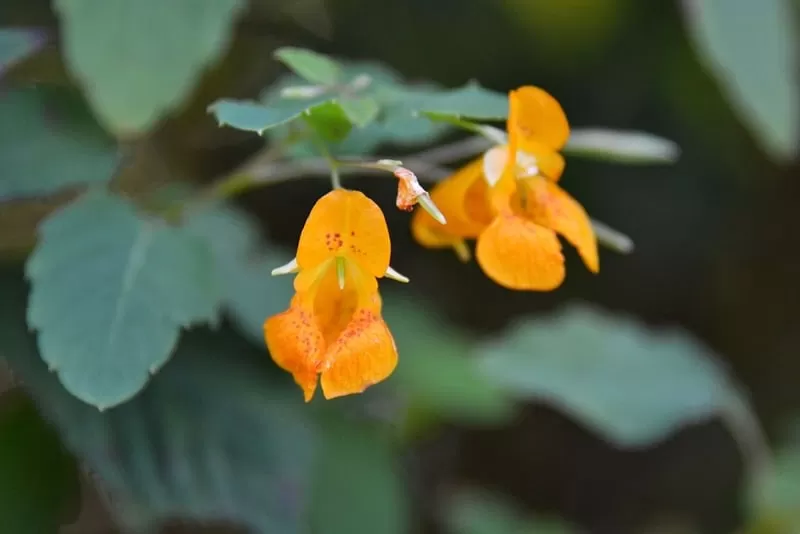 Orange jewelweed (Impatiens capensis)
Orange jewelweed (Impatiens capensis)
23. Quackgrass (Elymus repens)
A cool-season perennial grass, quackgrass is aggressively invasive, spreading by seed and via sharp underground stems and root fragments. It can quickly take over lawns and garden beds. It resembles annual ryegrass but has thicker, tapered blades attached to a hollow stem.
- Where it grows: Most of the United States, excluding the Coastal Plains.
- How to manage/get rid of:
- Use mulch in garden beds to suppress growth.
- Dig out small plants carefully, trying to remove all root pieces.
- For significant infestations, multiple applications of a non-selective herbicide like glyphosate may be needed, which means you’ll need to reseed the area afterward.
24. Poison Sumac (Toxicodendron vernix)
More of a shrub or small tree than a typical weed, poison sumac is found in wet, swampy areas. Its compound leaves turn vibrant colors in fall, but beware – like poison ivy, all parts contain urushiol oil, causing severe rashes. It produces small, white, berry-like fruits.
- Where it grows: Great Lakes area and the entire Atlantic coast south to FL and west to TX.
- How to manage/get rid of:
- Removal is risky; professional help is strongly recommended.
- If attempting DIY, wear heavy-duty protective gear covering all skin.
- Never burn poison sumac, as inhaling the smoke can be toxic.
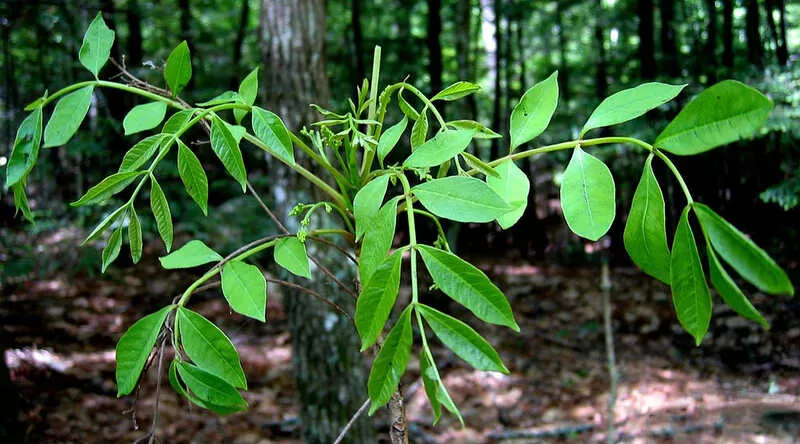 Poison sumac (Toxicodendron vernix)
Poison sumac (Toxicodendron vernix)
25. Poison Ivy (Toxicodendron radicans)
A familiar dreaded perennial vine or shrub, poison ivy is infamous for its “leaves of three” leaflet clusters. It grows as a groundcover or climbs structures using aerial roots. Tiny greenish-yellow flowers appear in late spring/early summer, followed by whitish berries. The urushiol oil causes itchy, blistering rashes upon contact.
- Where it grows: Eastern half of the United States, from the Great Plains to the Atlantic coast.
- How to manage/get rid of:
- Repeatedly clip the plant close to the ground to weaken it.
- Carefully dig out plants, trying to remove the entire root system.
- Always wear full protective clothing, including gloves, eye protection, and long sleeves/pants.
- Do not burn poison ivy due to toxic smoke.
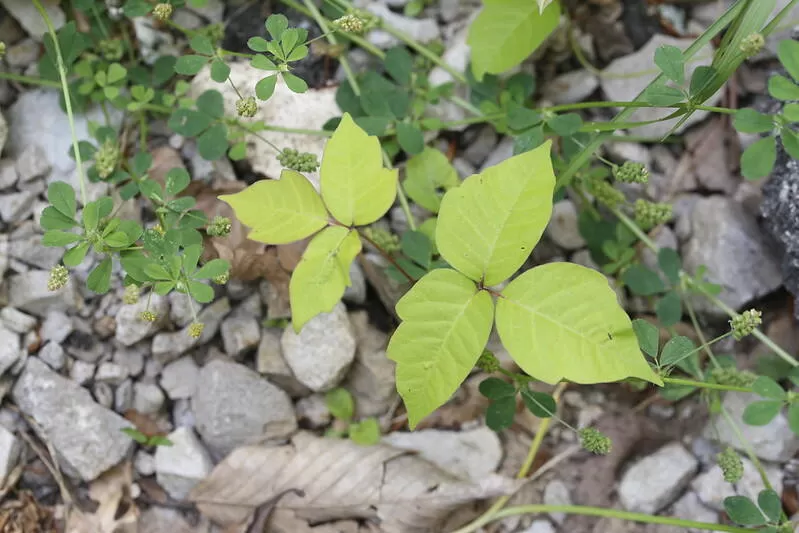 Close-up of poison ivy amid rocks and leaves
Close-up of poison ivy amid rocks and leaves
26. Purslane (Portulaca oleracea)
Often found in garden beds and thin turf, common purslane is an annual weed recognized by its fleshy, succulent, tear-shaped leaves and reddish stems that spread low to the ground like spokes on a wheel, often rooting as they go. It produces small yellow flowers and an astonishing number of seeds (up to 240,000 per plant!). Stem fragments can also reroot easily.
- Where it grows: All across the United States.
- How to manage/get rid of:
- Hand-pull plants, ensuring you remove all stems and roots. Do not leave fragments on the soil surface.
- Pre-emergent herbicides containing mesotrione are effective. Post-emergent options include those with 2,4-D, dicamba, mecoprop, and carfentrazone.
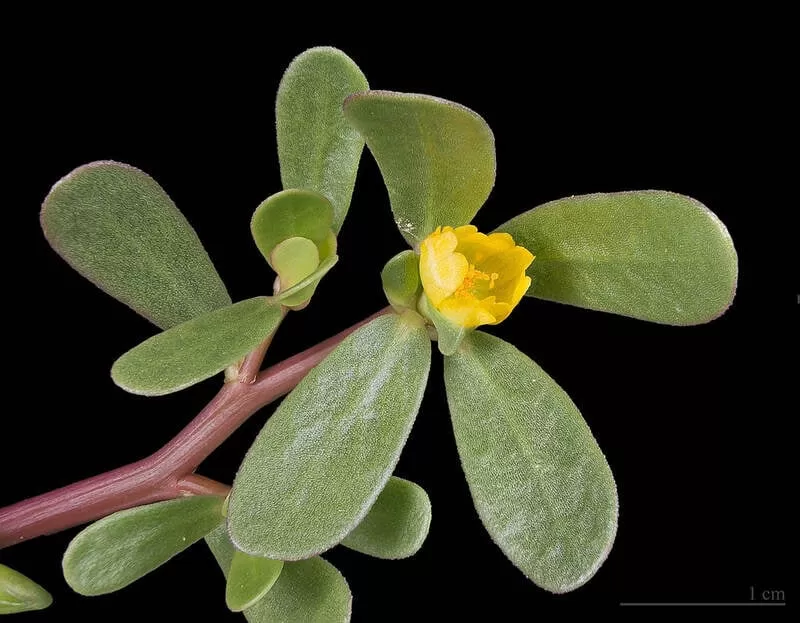 Common purslane (Portulaca oleracea)
Common purslane (Portulaca oleracea)
27. Ragweed (Ambrosia artemisiifolia)
Beyond being unsightly, common ragweed is a major allergen, releasing pollen that causes hay fever symptoms in late summer. This annual weed spreads only by seed and has relatively shallow roots, making it easier to remove than some other types. Look for an upright, bushy plant with finely divided, fern-like leaves and small green flowers along the tops of its branches in summer.
- Where it grows: All across the United States.
- How to manage/get rid of:
- Hand-pull young plants before they flower and produce pollen/seeds.
- Note that ragweed can be resistant to certain herbicides; for heavy infestations, professional advice may be needed.
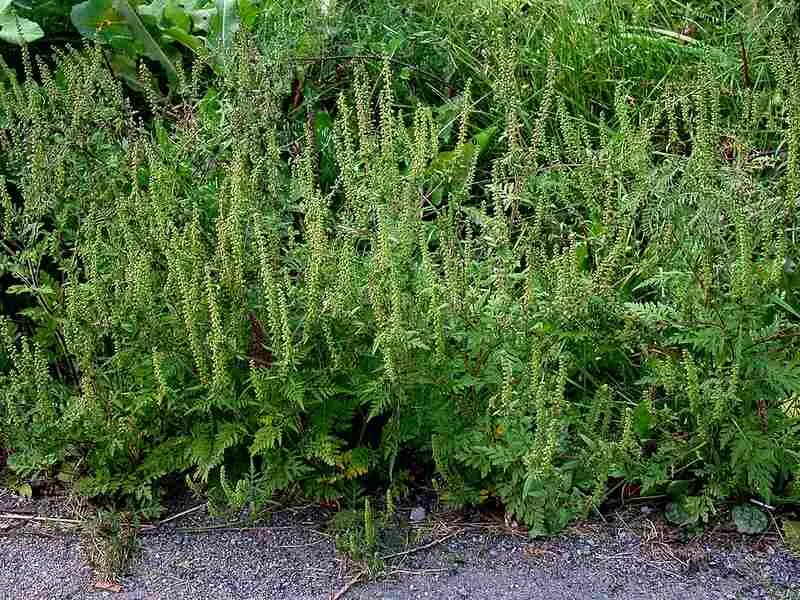 Common ragweed (Ambrosia artemisiifolia)
Common ragweed (Ambrosia artemisiifolia)
28. Spiny Pigweed (Amaranthus spinosus)
While the entire pigweed family can be problematic, spiny pigweed is particularly bothersome due to the sharp spines along its reddish stems. This aggressive annual can grow quite tall (up to 6 feet!) with oval leaves and dense clusters of green flowers producing thousands of seeds. The spines make hand-weeding hazardous.
- Where it grows: Eastern half of the United States, from the Great Plains to the Atlantic coast, and in California.
- How to manage/get rid of:
- Use a spade or dandelion fork to remove plants, ensuring you get the roots. Be cautious of the spines.
- Mow regularly to prevent seeding.
- Apply post-emergent herbicides when plants are small (4-6 inches tall).
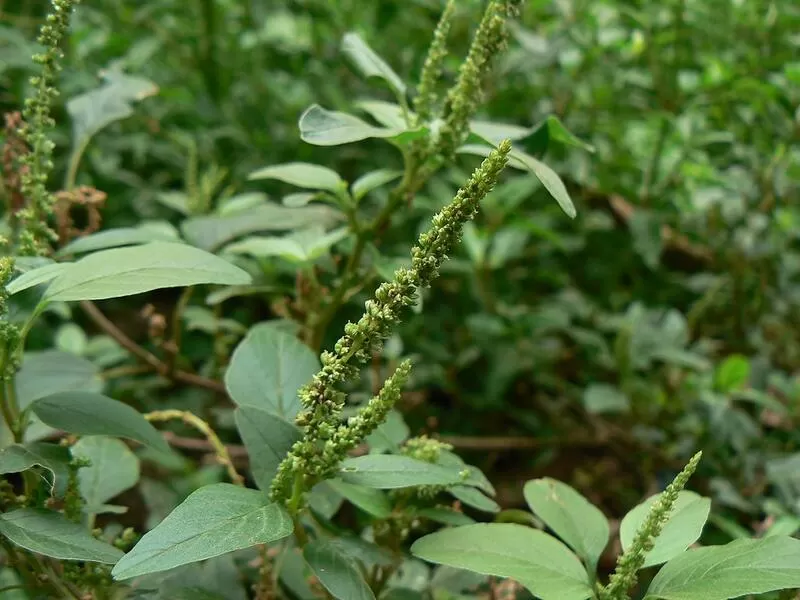 Spiny pigweed (Amaranthus spinosus)
Spiny pigweed (Amaranthus spinosus)
29. Stinging Nettle (Urtica dioica)
While not as severe as poison ivy, stinging nettle is aptly named. This perennial weed spreads via rhizomes and is covered in tiny, brittle hairs that sting when they come into contact with skin. Look for upright patches of plants with fibrous stems and oval, slightly heart-shaped leaves with prominent veins that give them a wrinkled appearance.
- Where it grows: All across the United States.
- How to manage/get rid of:
- Wear sturdy leather gloves when handling.
- Cut plants near the soil line.
- Dig out the roots and yellow rhizomes to prevent regrowth.
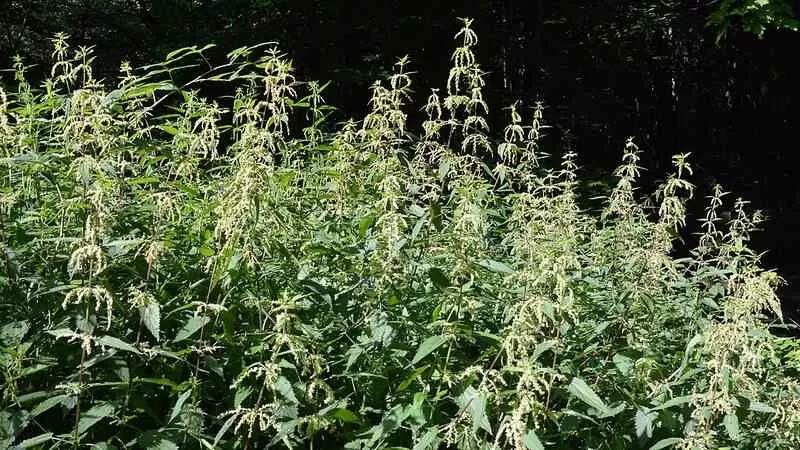 Stinging nettle (Urtica dioica)
Stinging nettle (Urtica dioica)
30. Velvetleaf (Abutilon theophrasti)
Hard to miss in a garden, velvetleaf is a tall (2-4 feet), lanky annual weed with large, soft, heart-shaped leaves covered in fine hairs that feel like velvet. It blooms with attractive orange-yellow, five-petaled flowers in summer. This weed is a prolific seeder, with one plant potentially producing up to 17,000 seeds that can remain viable in the soil for many years.
- Where it grows: All across the United States.
- How to manage/get rid of:
- Destroy young plants before they flower and set seed (late summer is a key time to spot them).
- Apply a broadleaf herbicide when plants are less than 4 inches tall; morning and midday applications are often more effective.
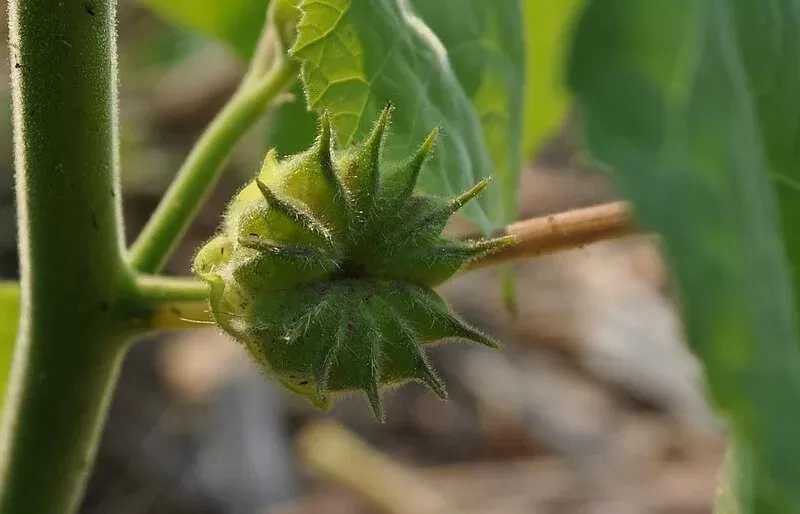 Velvetleaf (Abutilon theophrasti)
Velvetleaf (Abutilon theophrasti)
31. Wild Violet (Viola papilionacea)
Wild violets are pretty, with heart-shaped leaves and charming white, blue, purple, or violet flowers in spring. But their beauty hides an aggressive nature. These perennial weeds spread via underground rhizomes and also by seeds that can be ejected from their pods, making them one of the tougher weeds to eliminate in lawns and garden beds.
- Where it grows: Eastern half of the United States from the Great Plains to the Atlantic coast.
- How to manage/get rid of:
- Promote a dense, healthy lawn to outcompete violets.
- Repeated applications of broadleaf herbicides containing triclopyr are often needed.
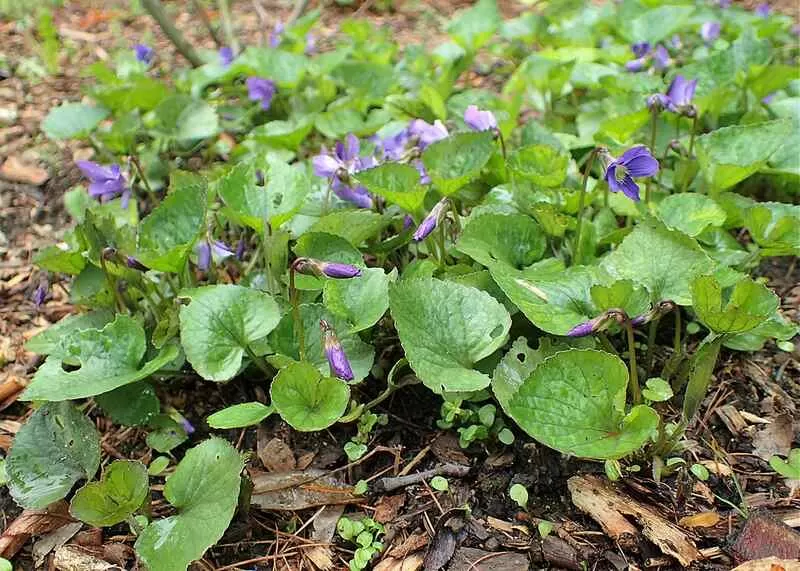 Wild violet (Viola papilionacea)
Wild violet (Viola papilionacea)
32. Woodsorrel (Oxalis stricta)
Also known as yellow oxalis or shamrock (due to its clover-like leaves), woodsorrel is a common broadleaf annual that quickly fills thin spots. It grows more upright than clover, and its leaves have an inverse heart shape. Its seed pods are notorious for forcefully ejecting seeds up to 10 feet away when ripe, making seed prevention a key control method.
- Where it grows: Most of the United States, except the West Coast.
- How to manage/get rid of:
- Mow and hand-pull plants before they go to seed. Woodsorrel generally doesn’t regrow from the root crown once pulled.
- Pre-emergent herbicides are highly effective at preventing seeds from sprouting.
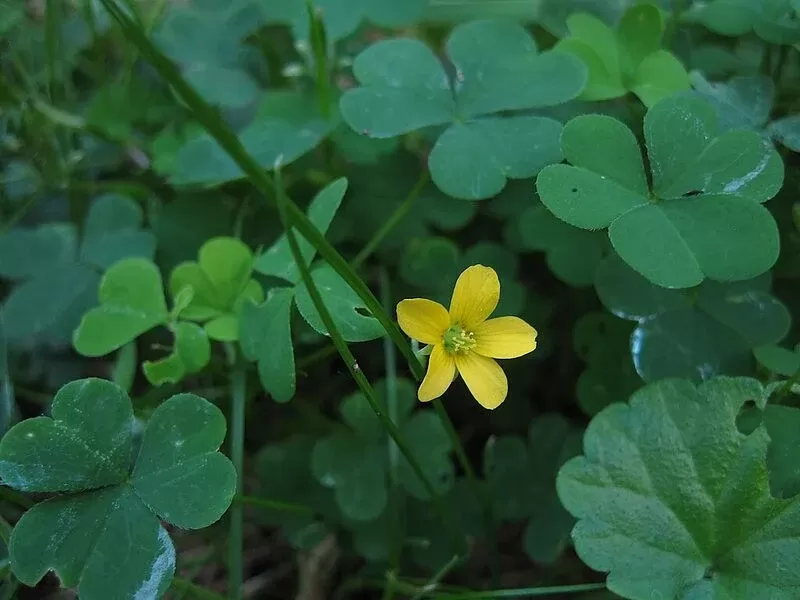 Yellow woodsorrel (Oxalis stricta)
Yellow woodsorrel (Oxalis stricta)
Frequently Asked Questions About Weeds
Getting a handle on weed control often brings up a few key questions.
How can I accurately identify the types of weeds in my garden?
Start by observing the plant closely: look at the leaf shape (narrow blades vs. broad leaves), how the leaves are arranged on the stem, the shape of the stem (round vs. square), the presence of hairs or spines, the type of flower or seed head, and how the plant grows (creeping, upright, in clumps). Compare your observations to guidebooks or online resources with good pictures. Your local Cooperative Extension Office is also an excellent resource; they can often identify a sample if you bring one in.
Which types of weeds are typically the most difficult to get rid of?
Perennial weeds are generally the toughest opponents. Their ability to regrow from deep or spreading root systems, rhizomes, or tubers means that simply pulling the top growth often isn’t enough. Creeping perennials, which spread vegetatively in multiple ways, are particularly challenging and often require persistent effort or targeted systemic treatments.
What’s the best way to eliminate a large area of weeds quickly?
For widespread weed infestations, applying an herbicide is often the most efficient method. The type of herbicide matters: a contact herbicide will kill only the parts it touches (good for annuals), while a systemic herbicide is absorbed by the plant and moves through its system to kill the roots (necessary for perennials and grassy weeds). Always choose a product appropriate for the specific weed types of weeds you are dealing with and consider whether you need a selective herbicide (kills only certain types of plants, like broadleaf weeds but not grass) or a non-selective one (kills everything it touches). Always follow product instructions carefully.
Ready to Reclaim Your Garden?
Dealing with types of weeds can feel like a constant battle, but by learning to identify your garden intruders and understanding their habits, you’re well-equipped to manage them effectively. Whether you prefer hand-pulling, mulching, or using targeted treatments, consistency is key!
What types of weeds are giving you the most trouble in your garden right now? Share your experiences and tips in the comments below! If you found this guide helpful, please share it with fellow gardeners. And don’t forget to explore more tips and tricks for creating your perfect little garden right here on Thelittle.garden!

